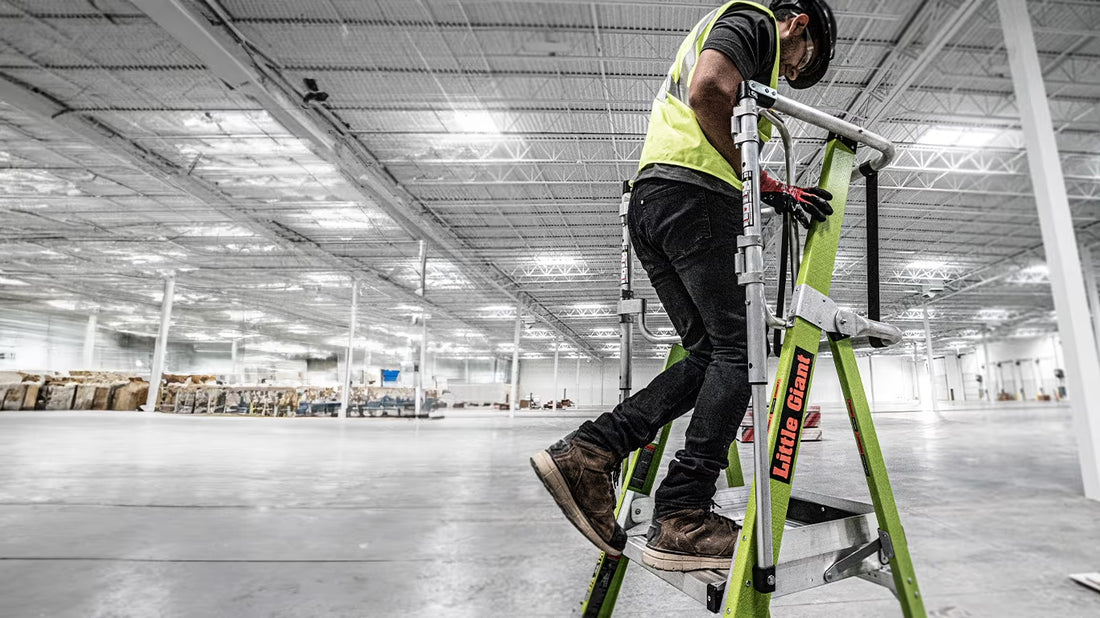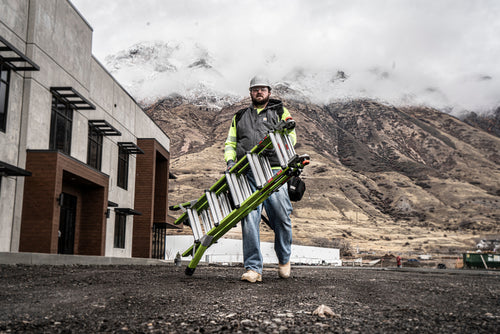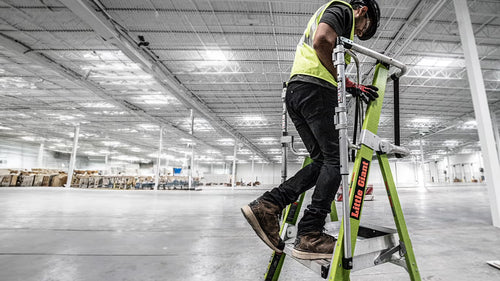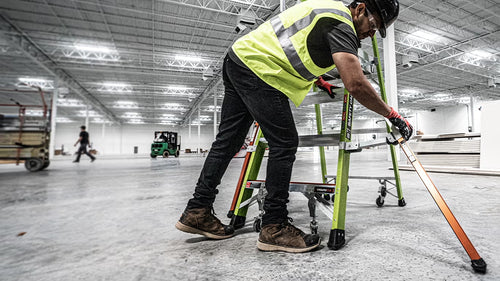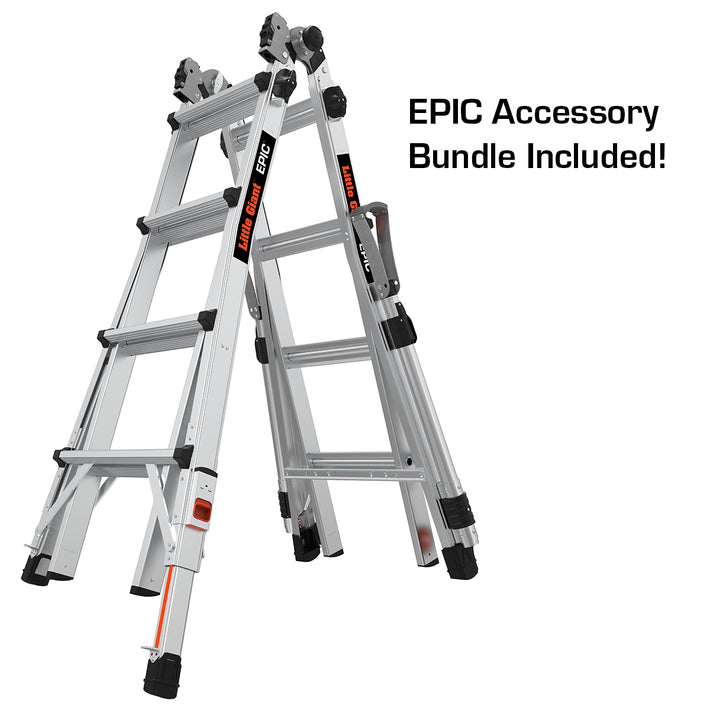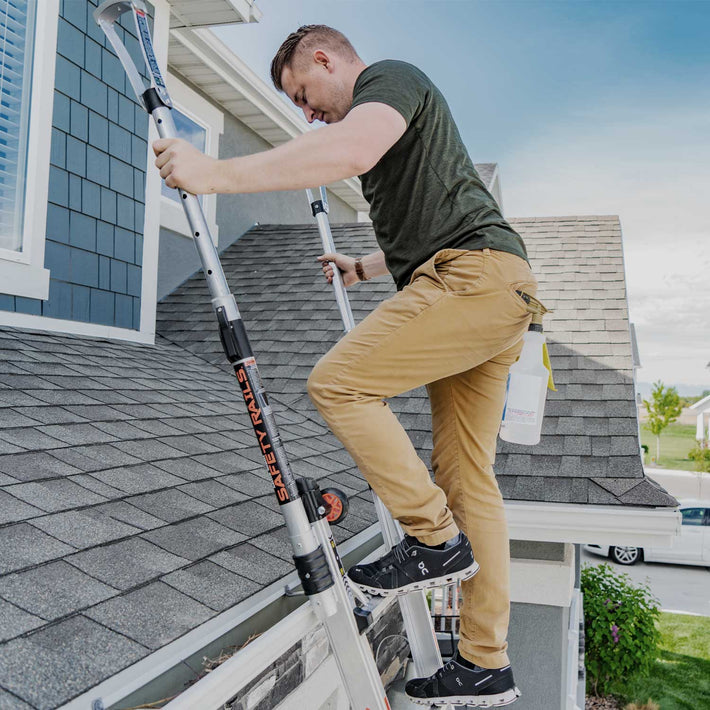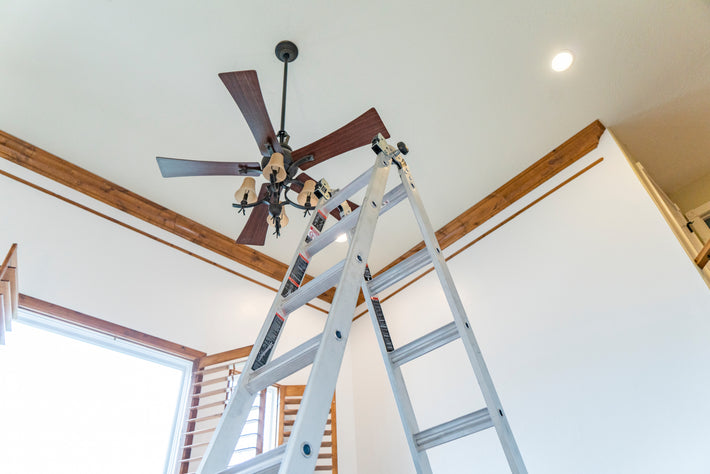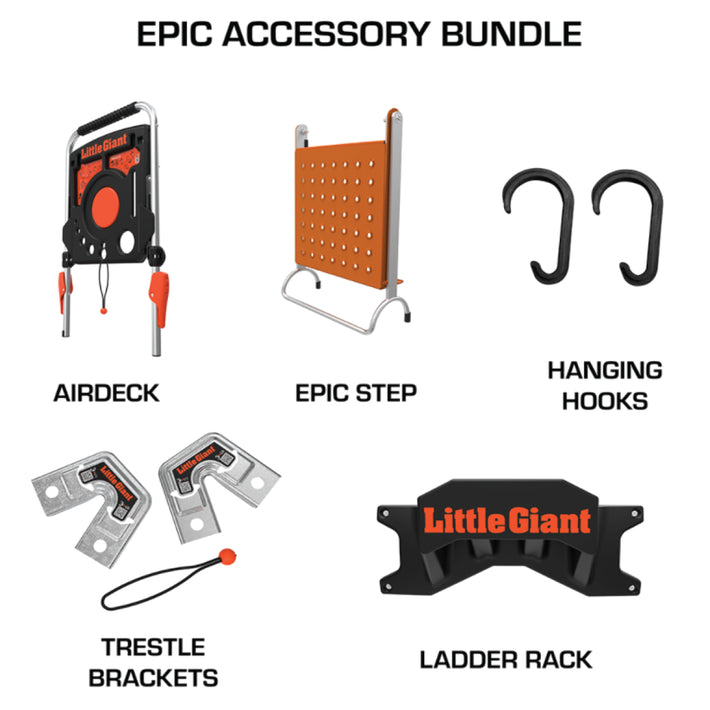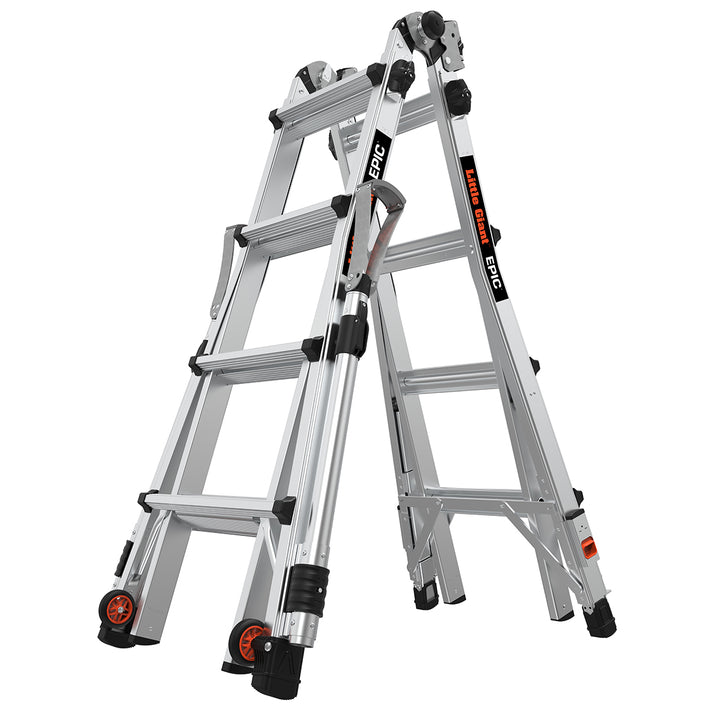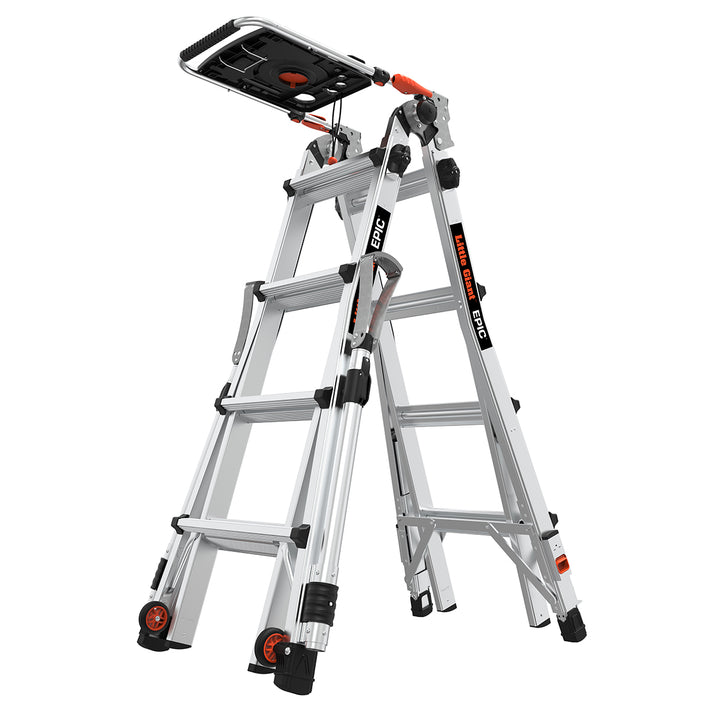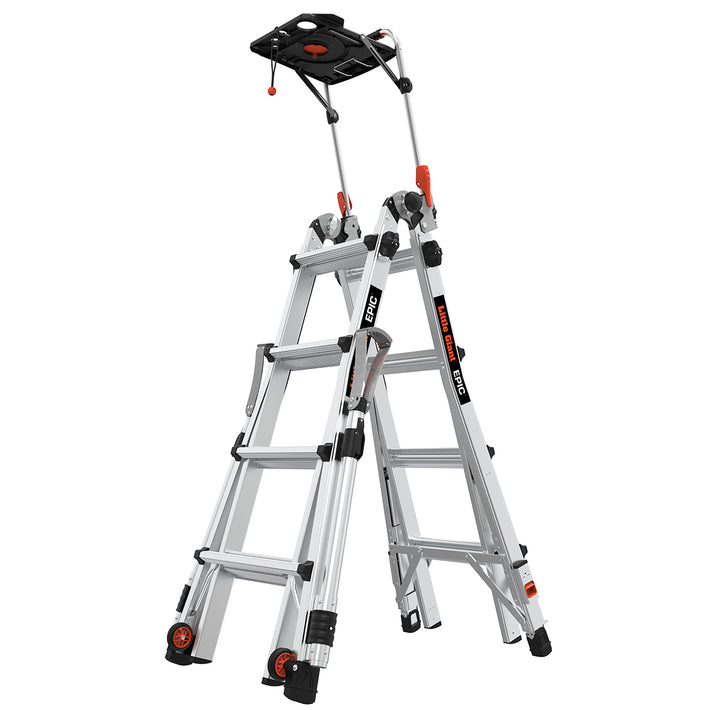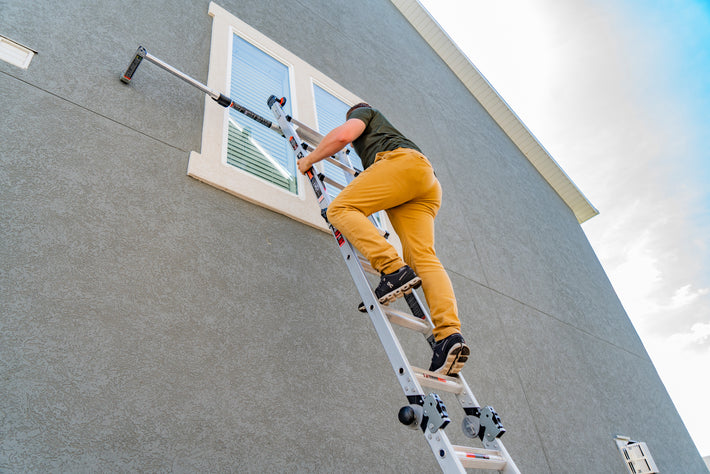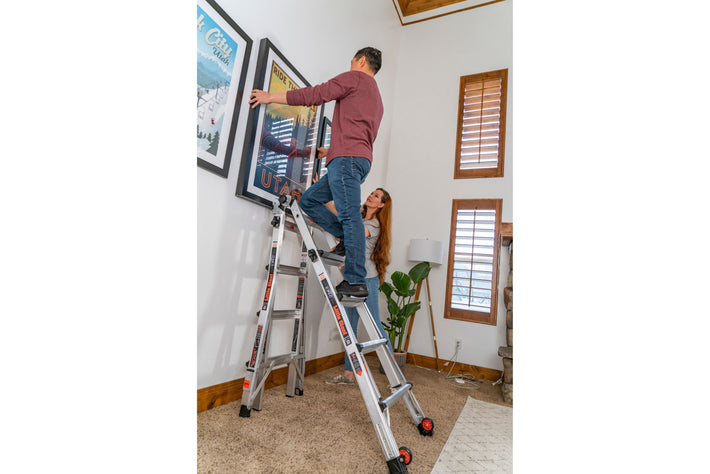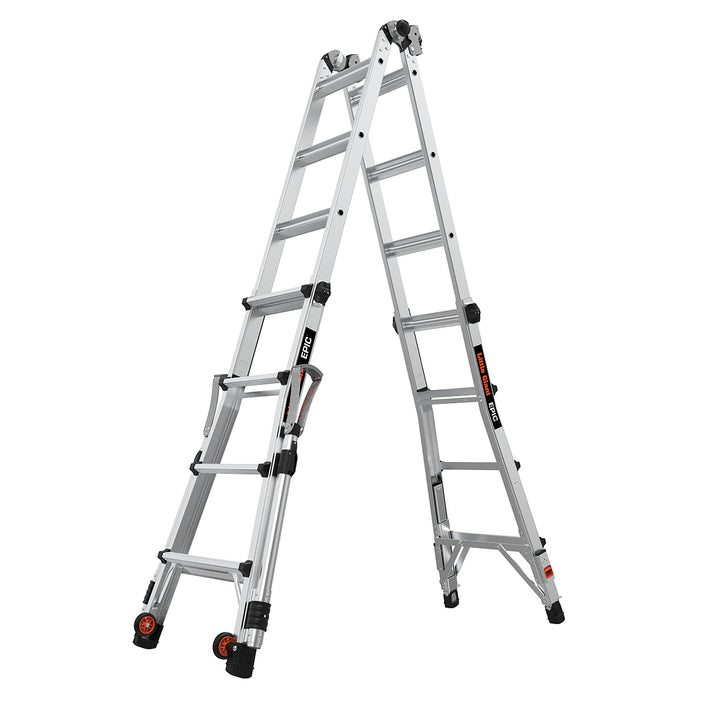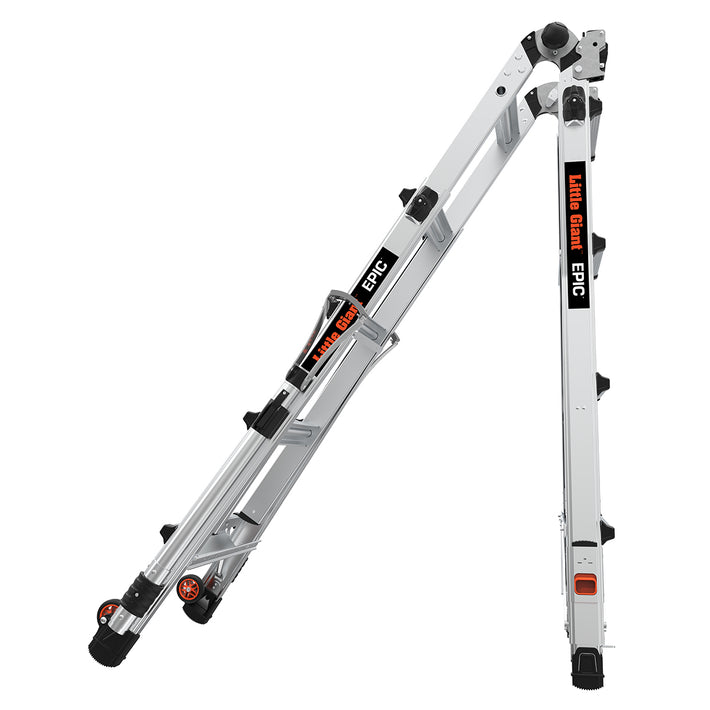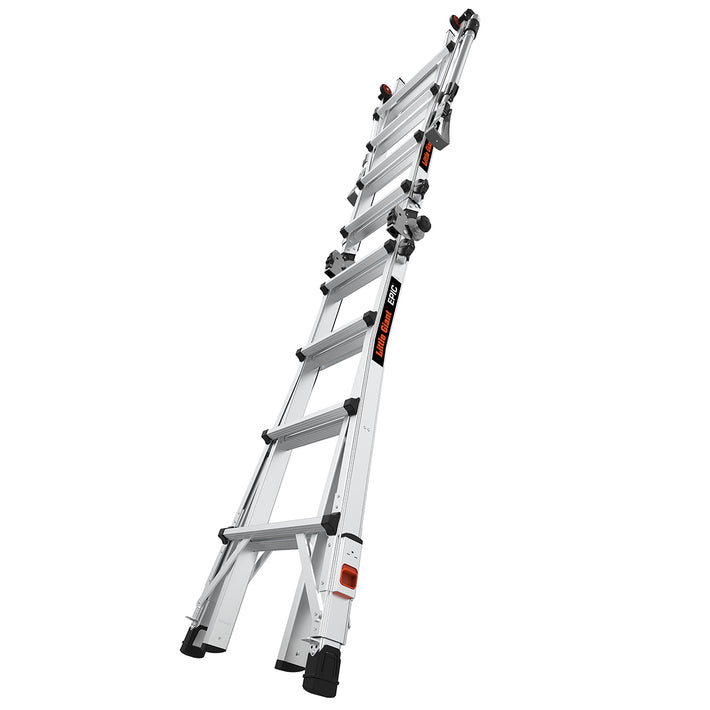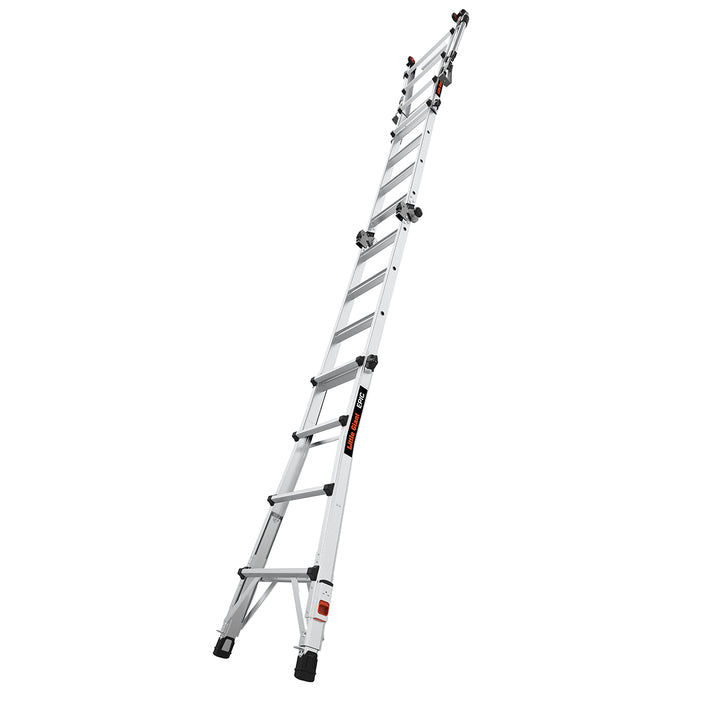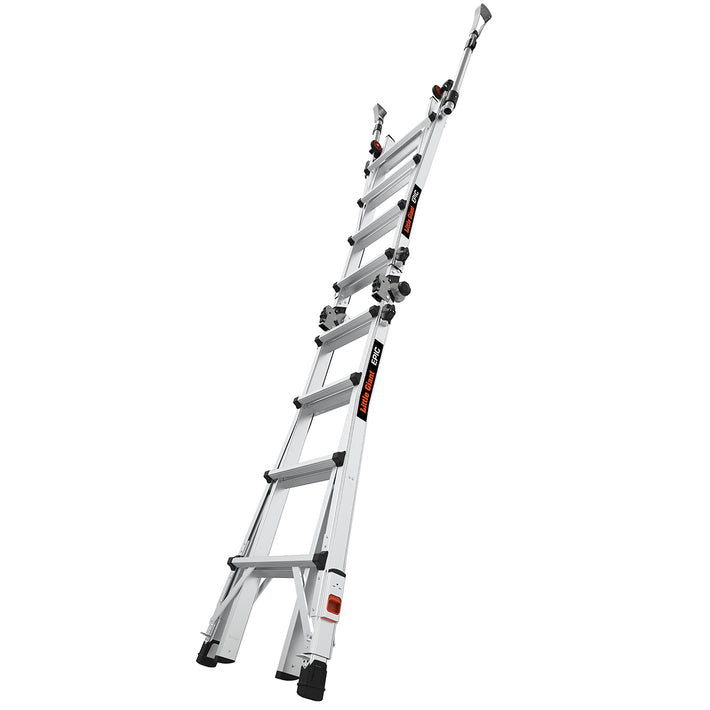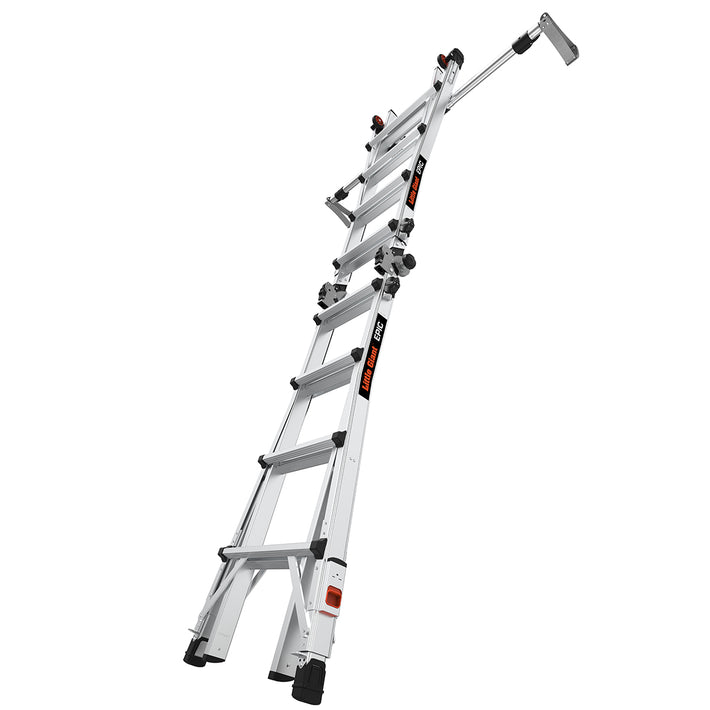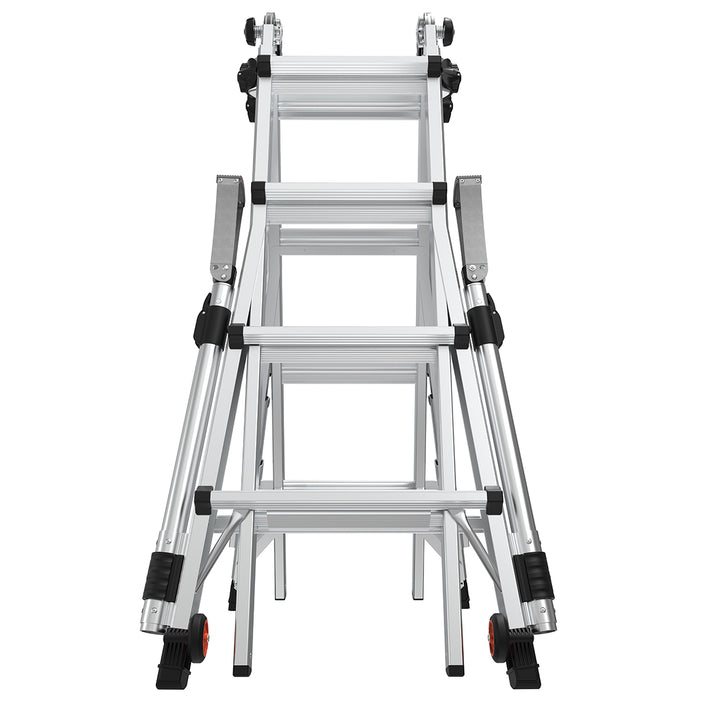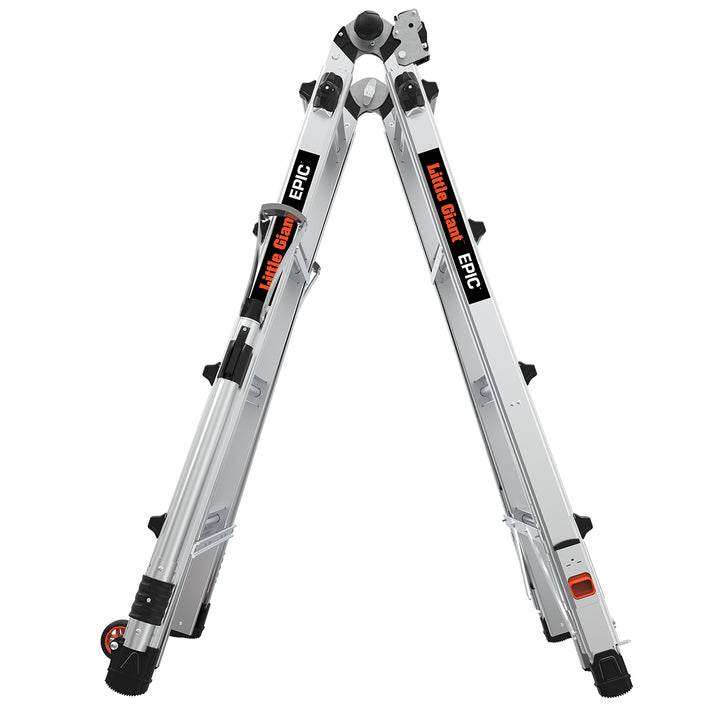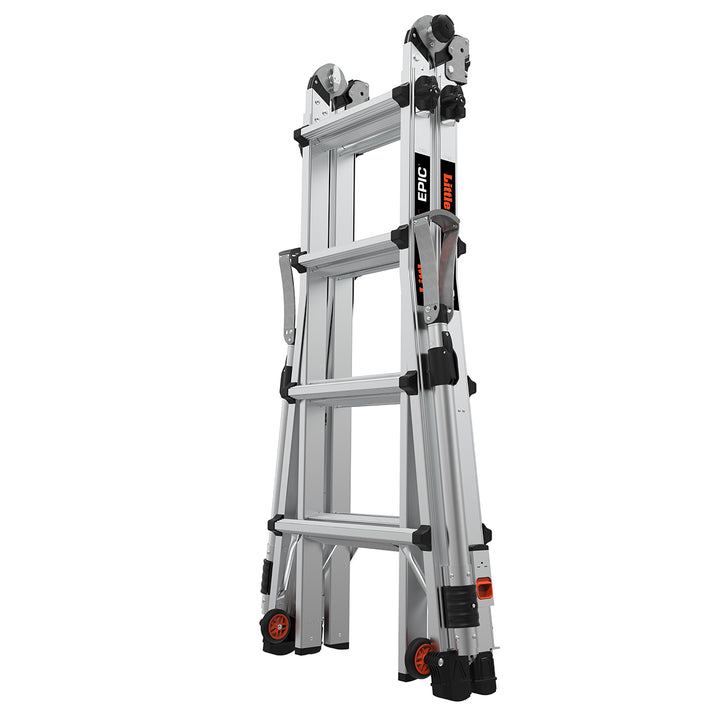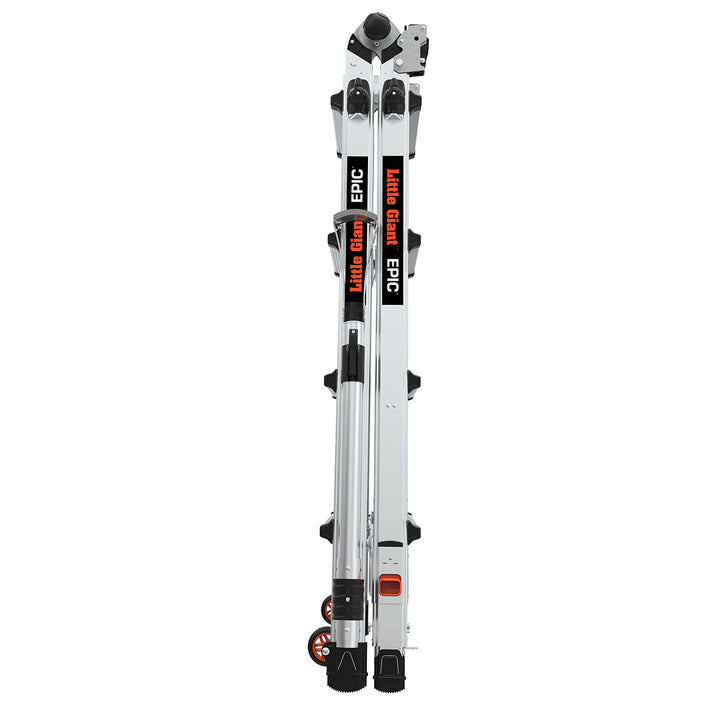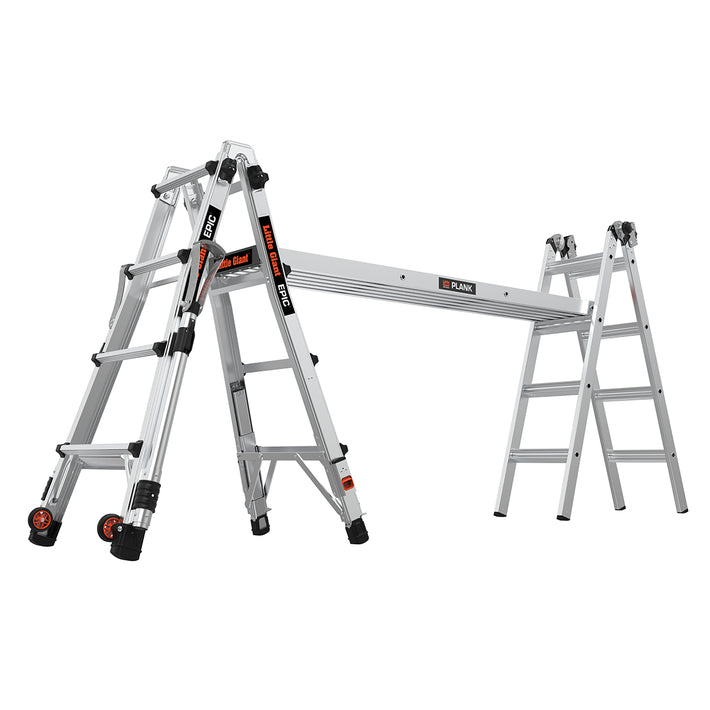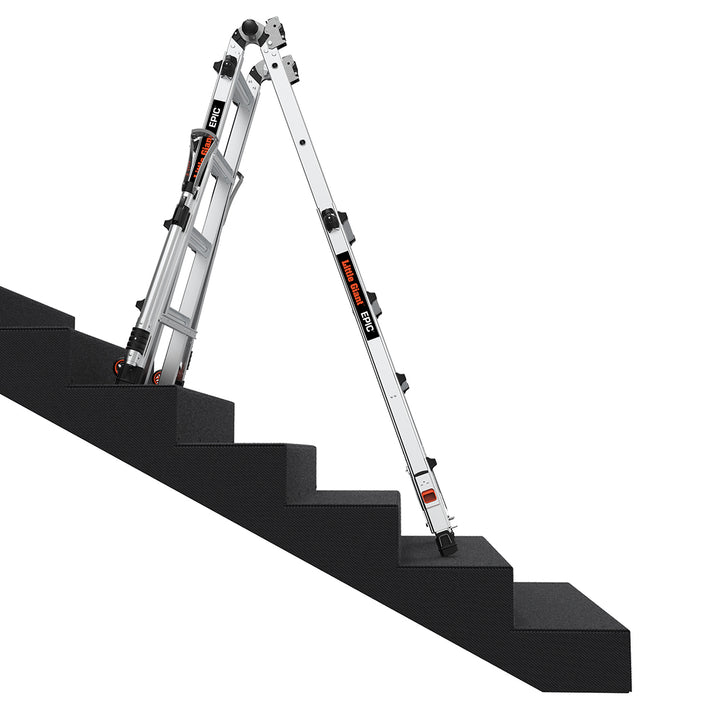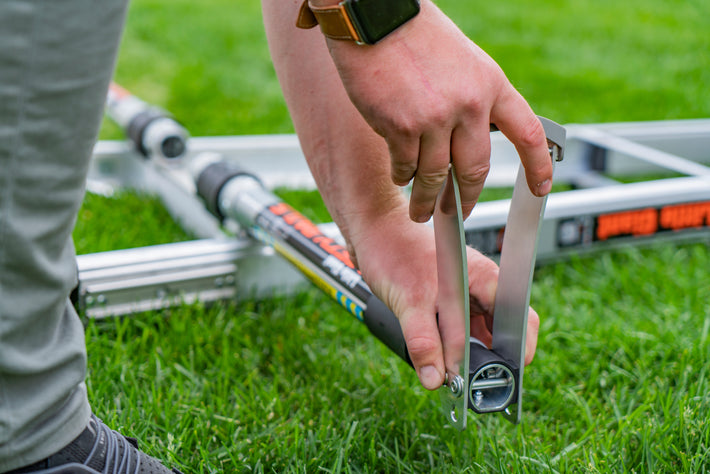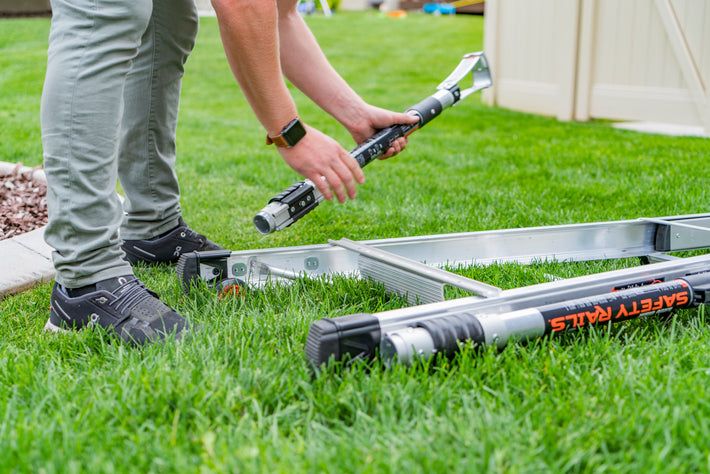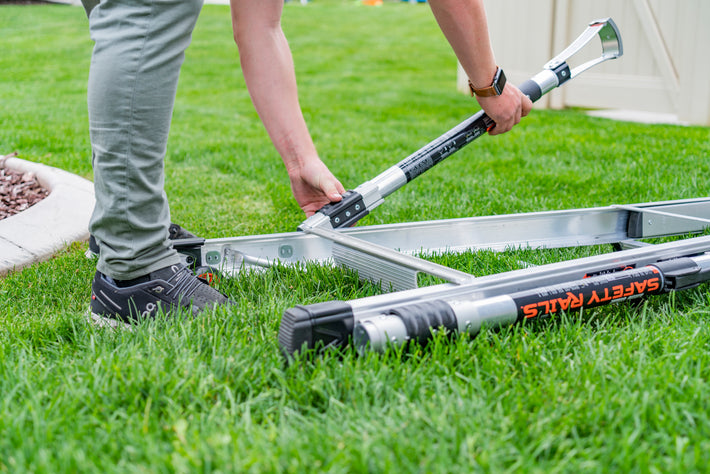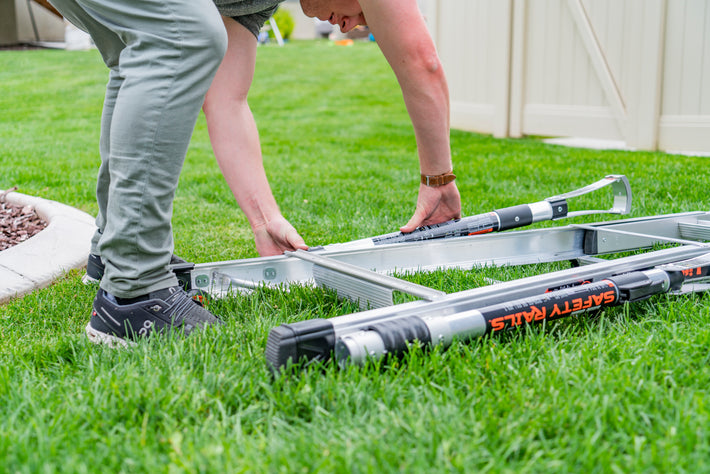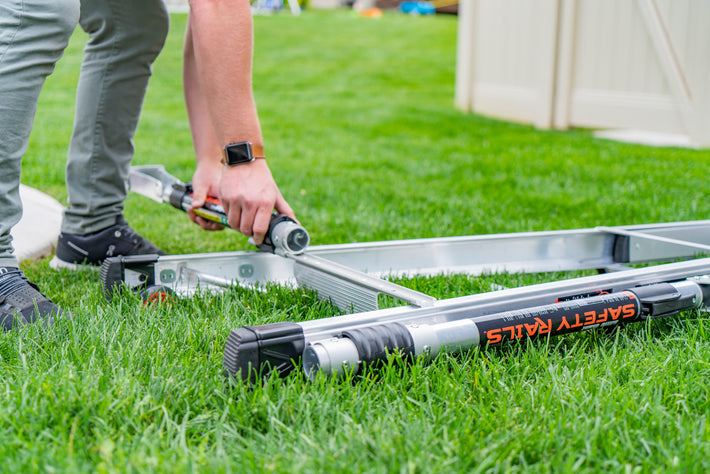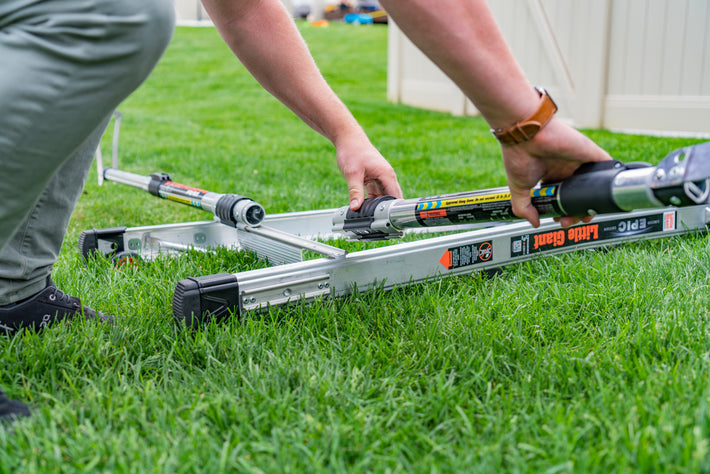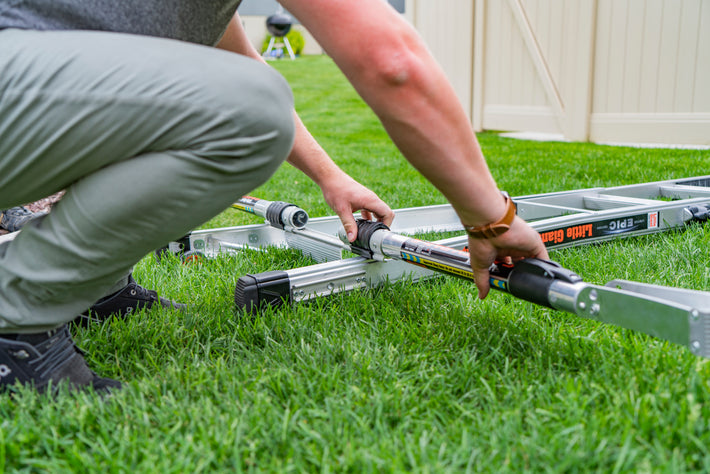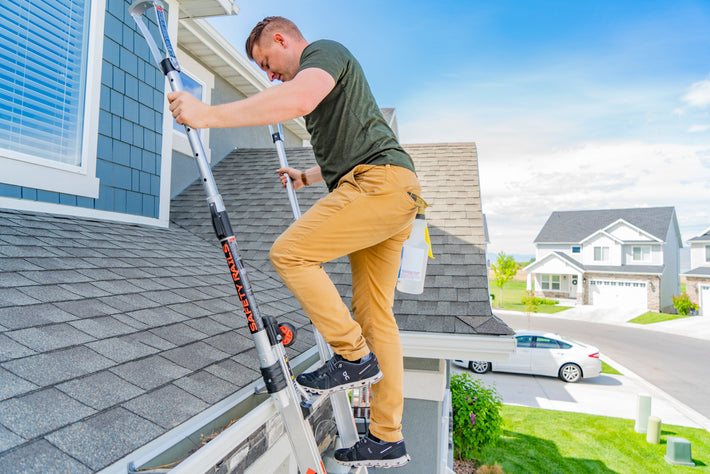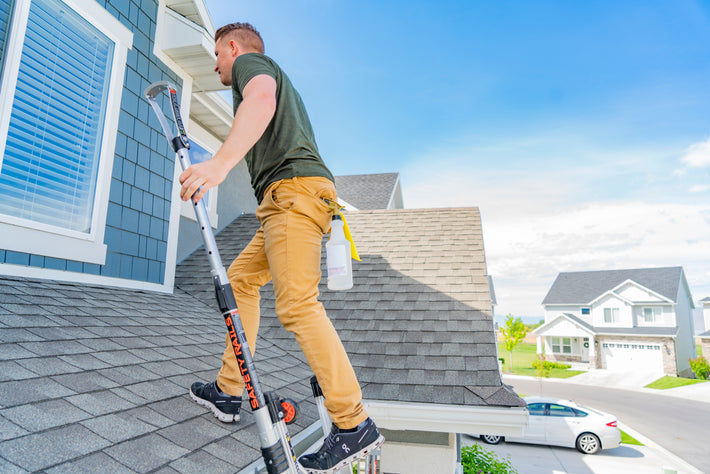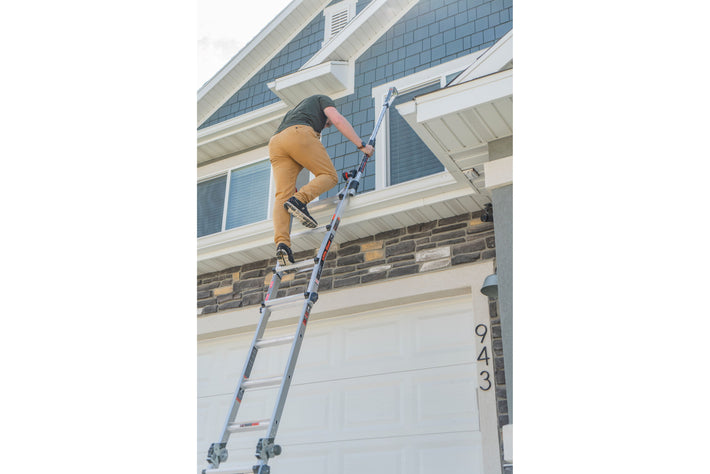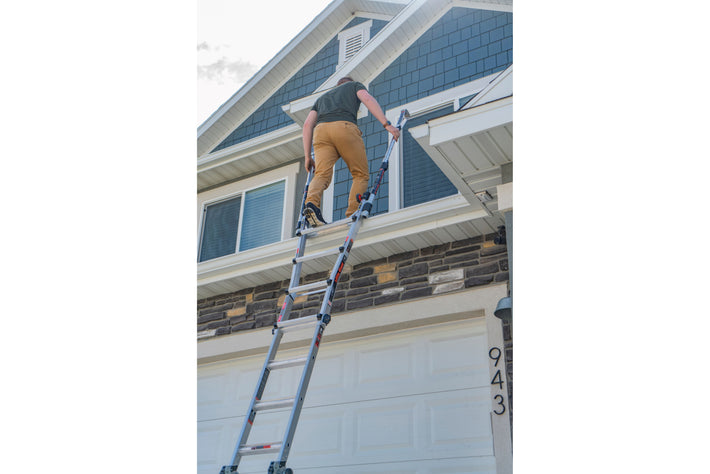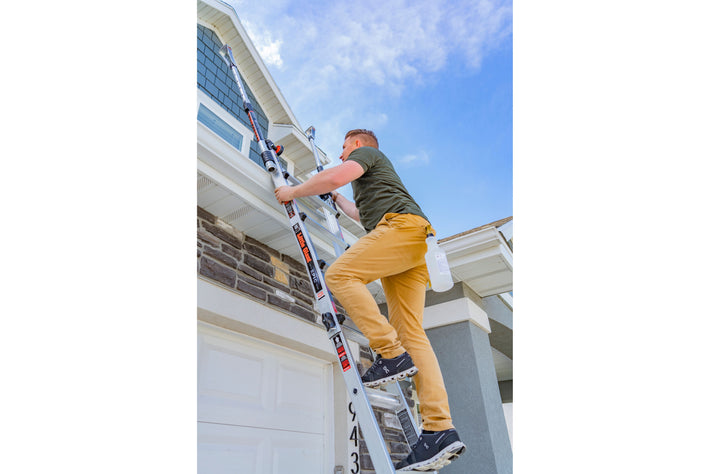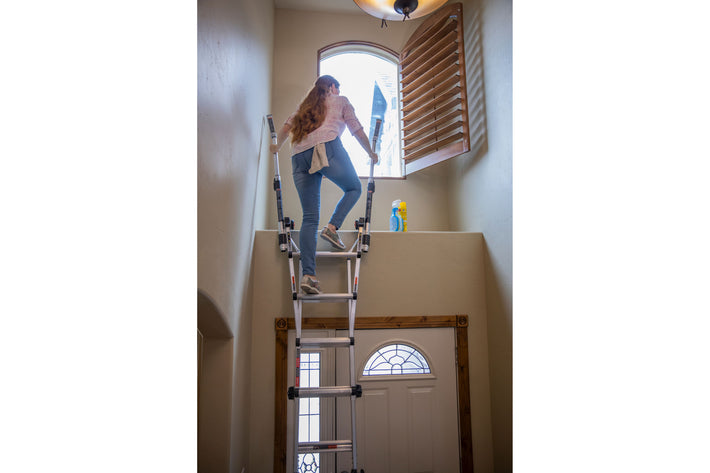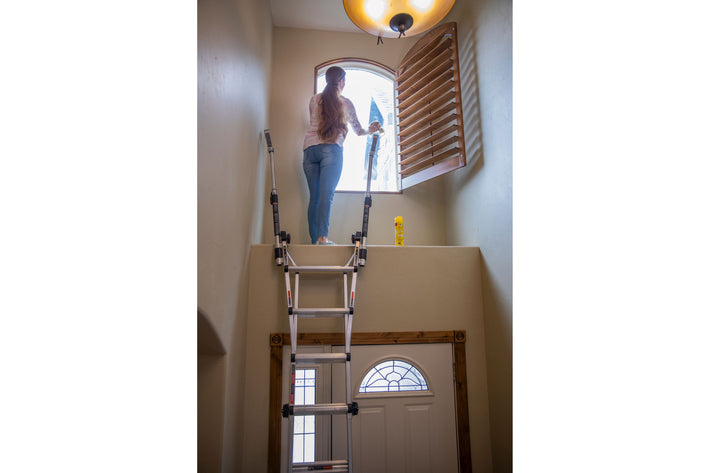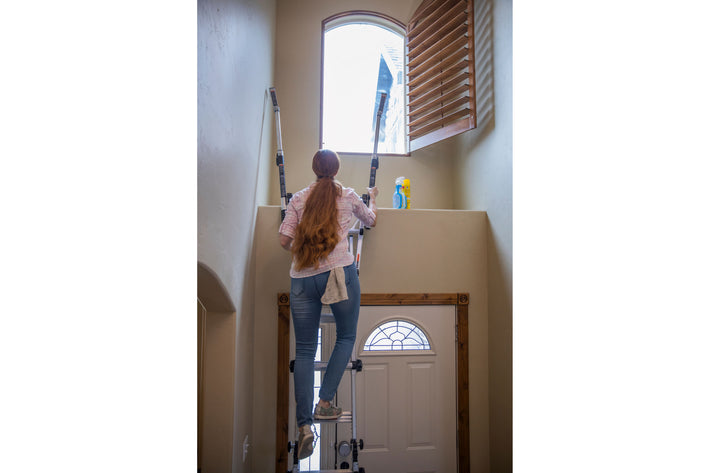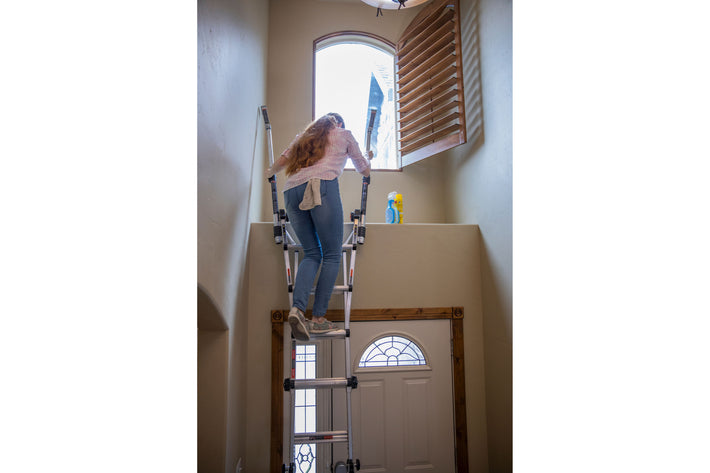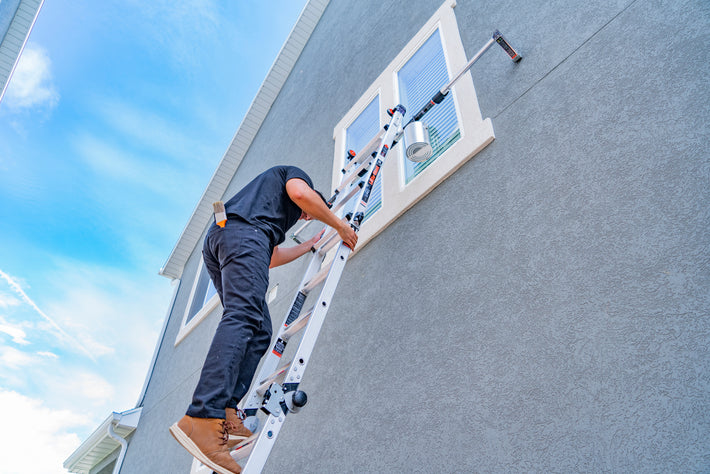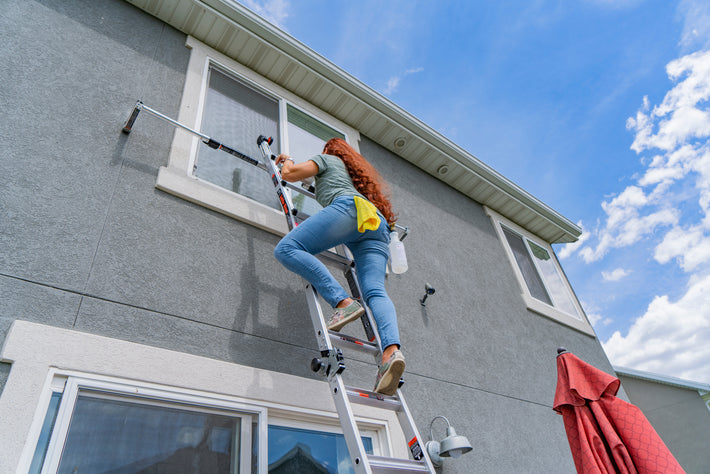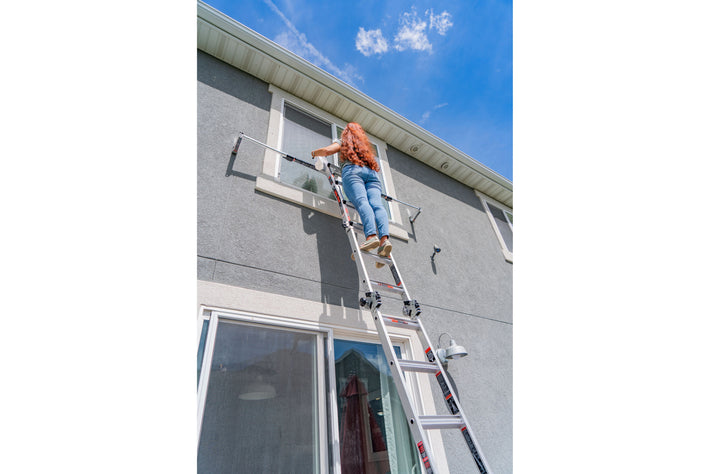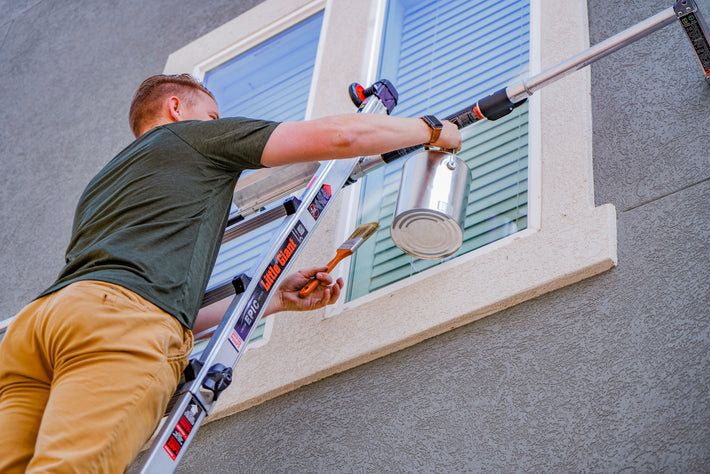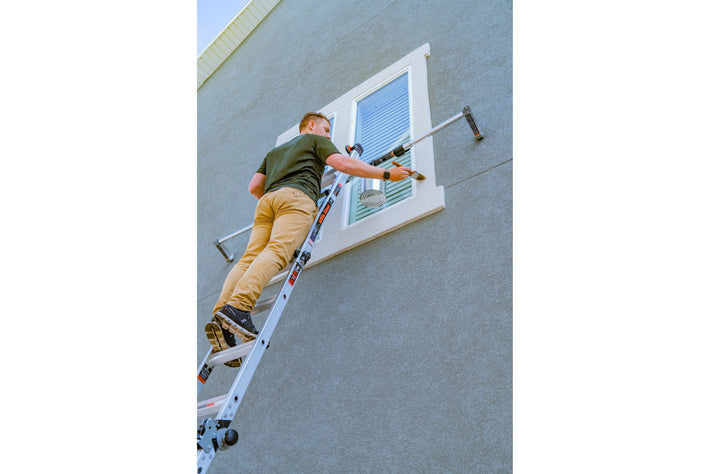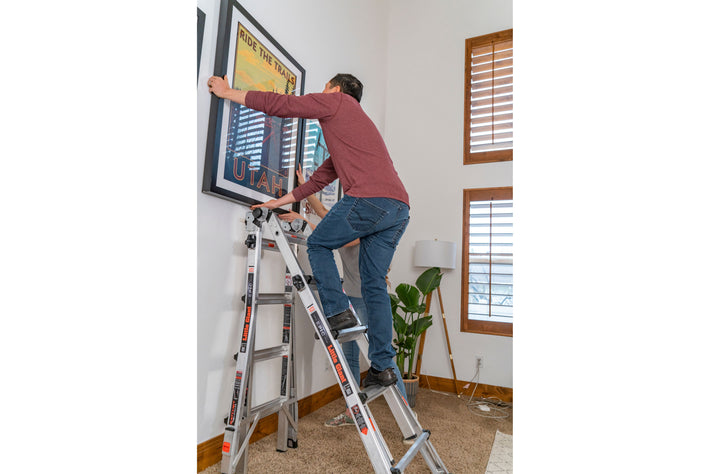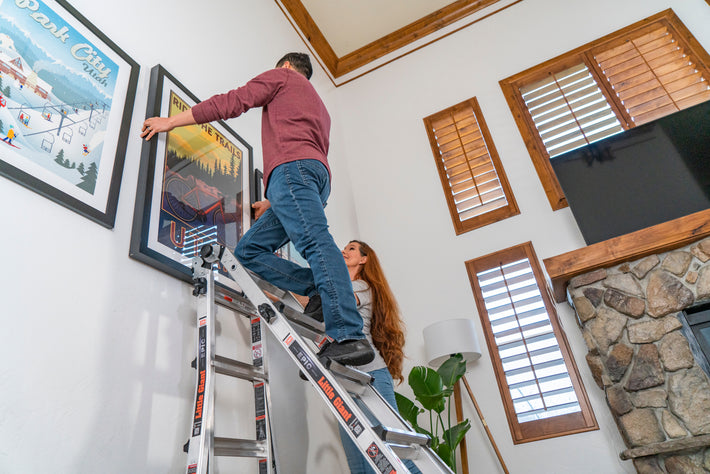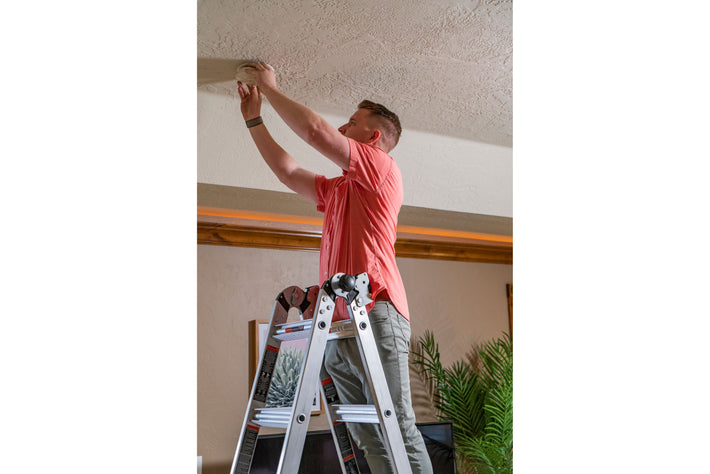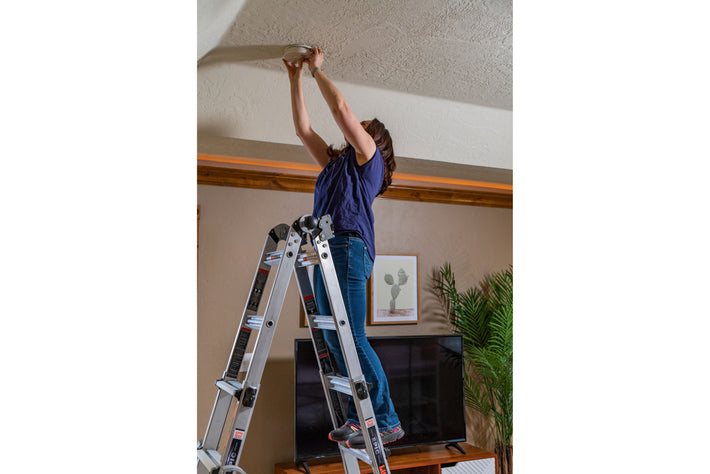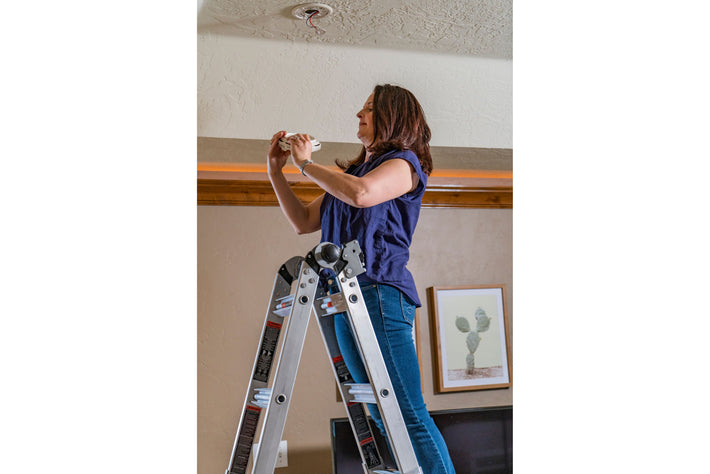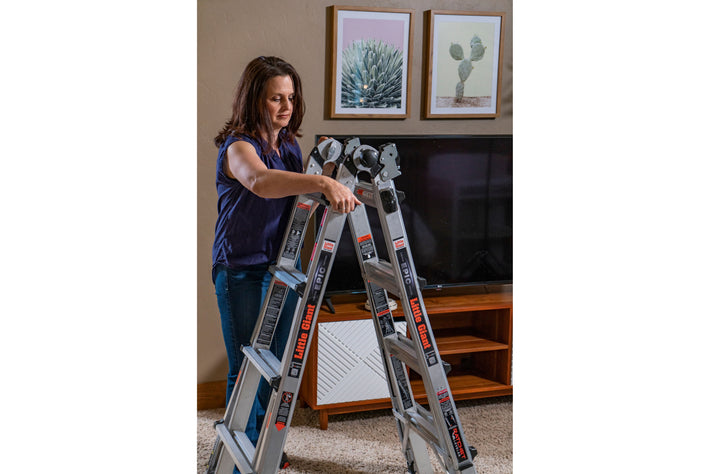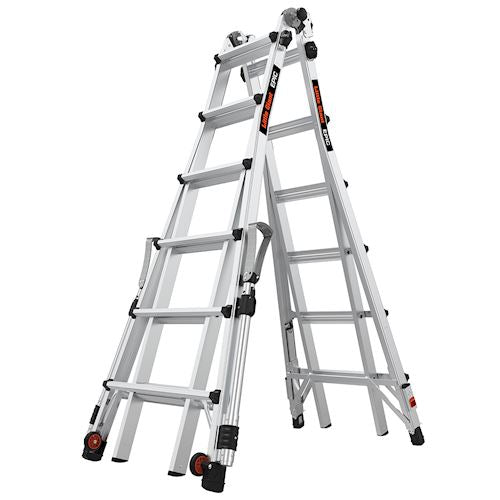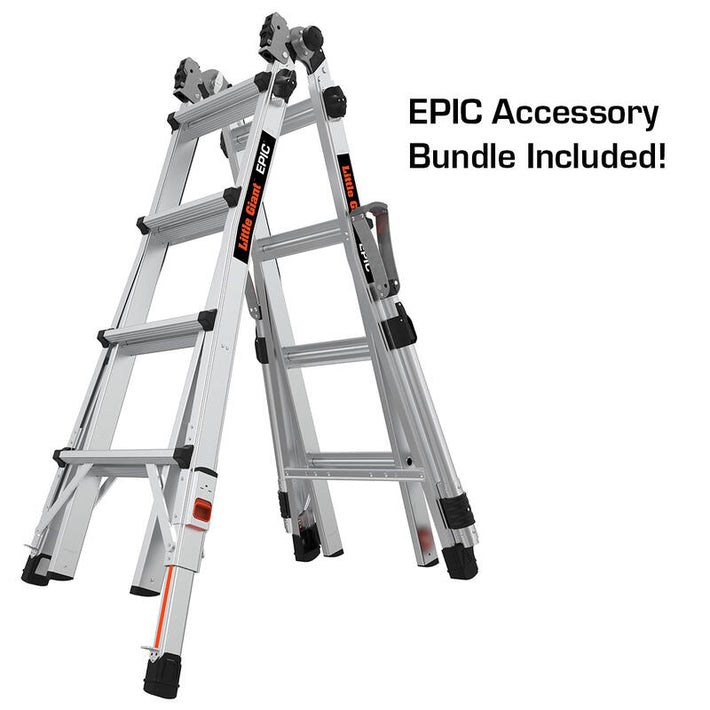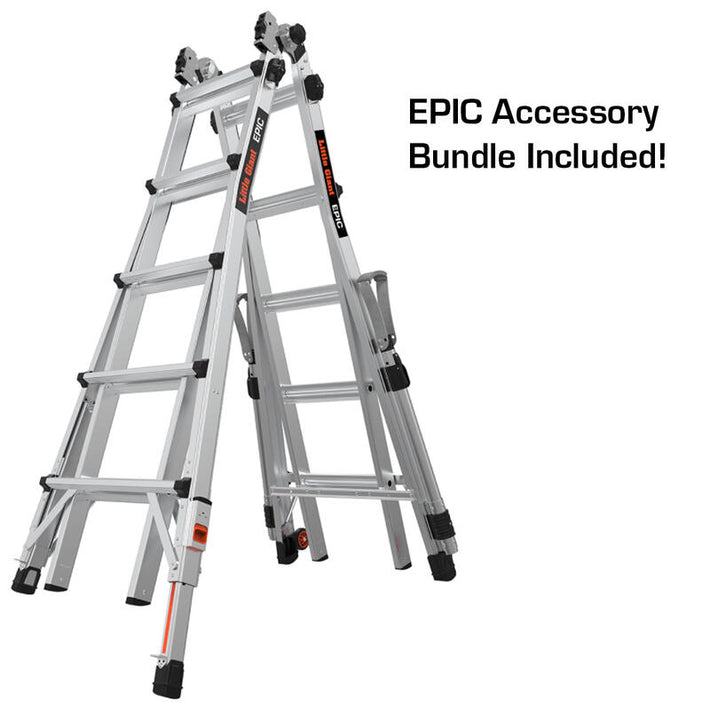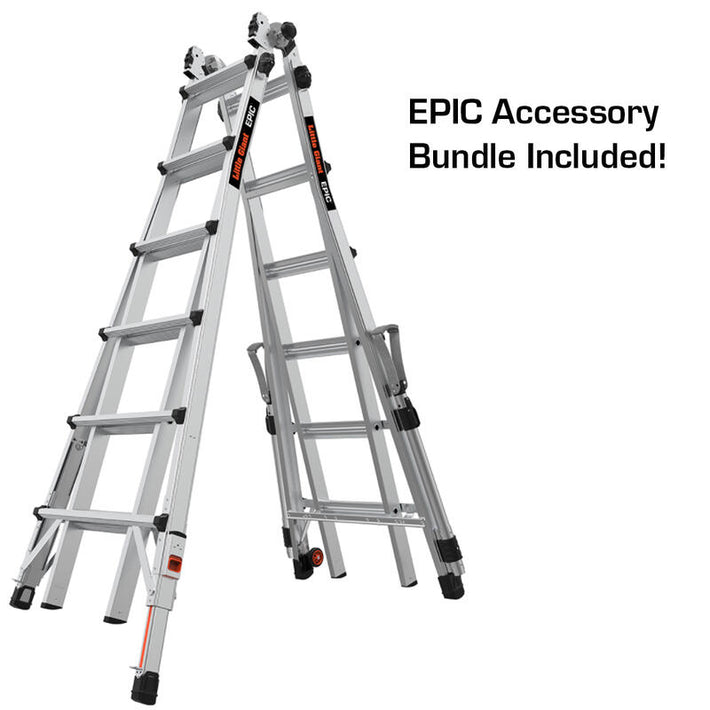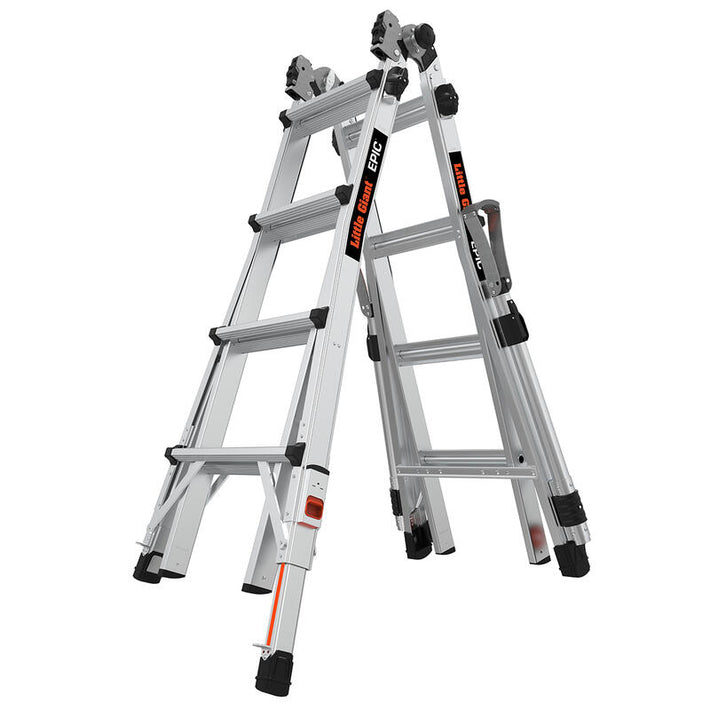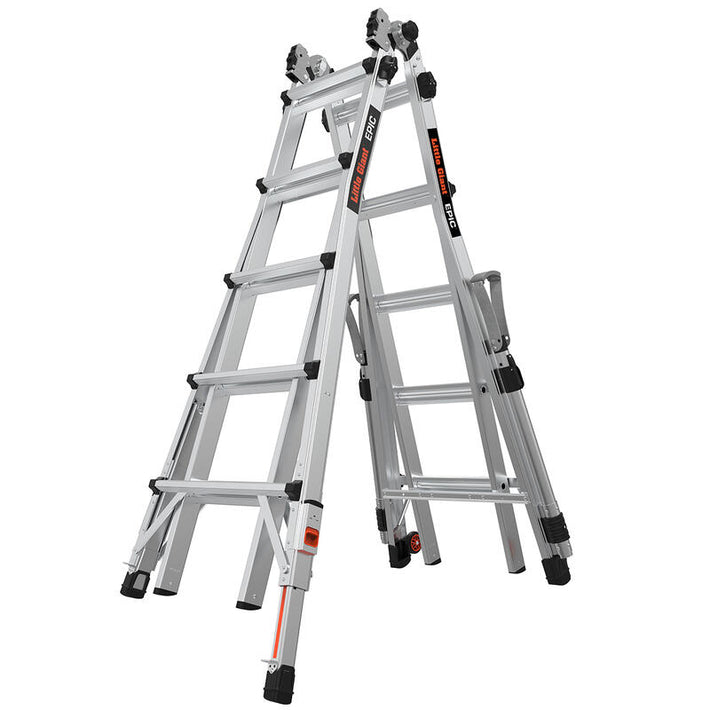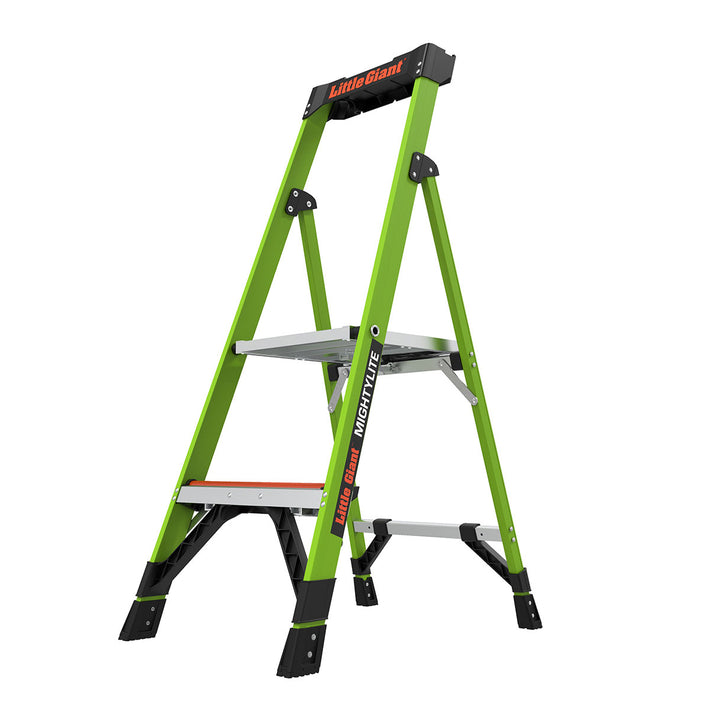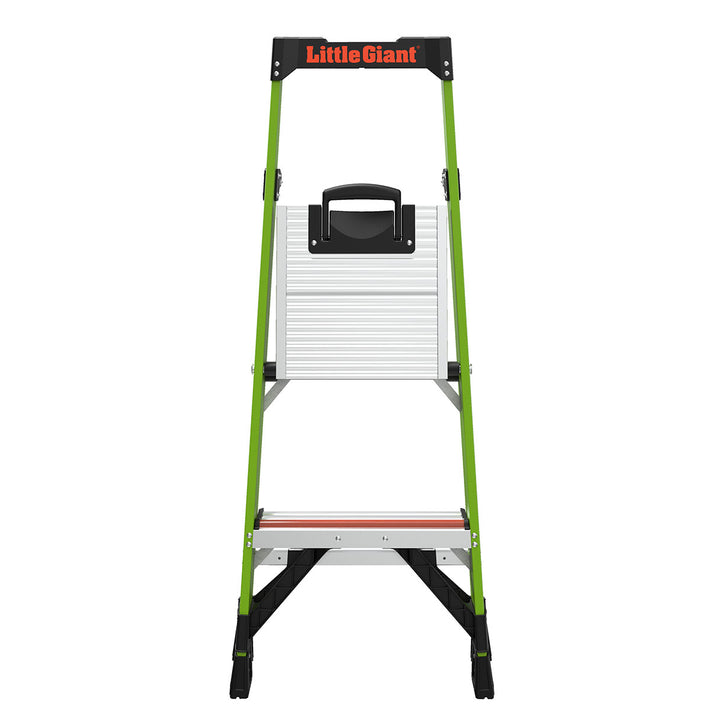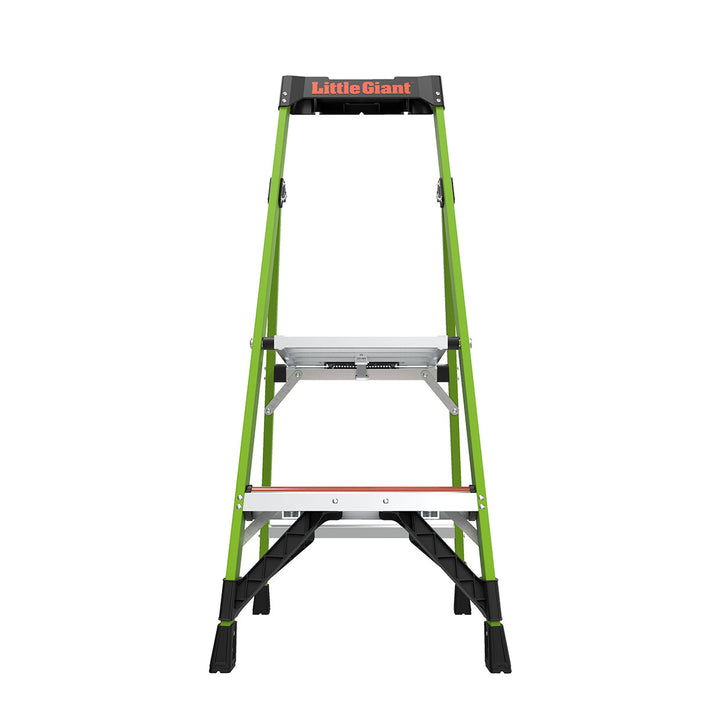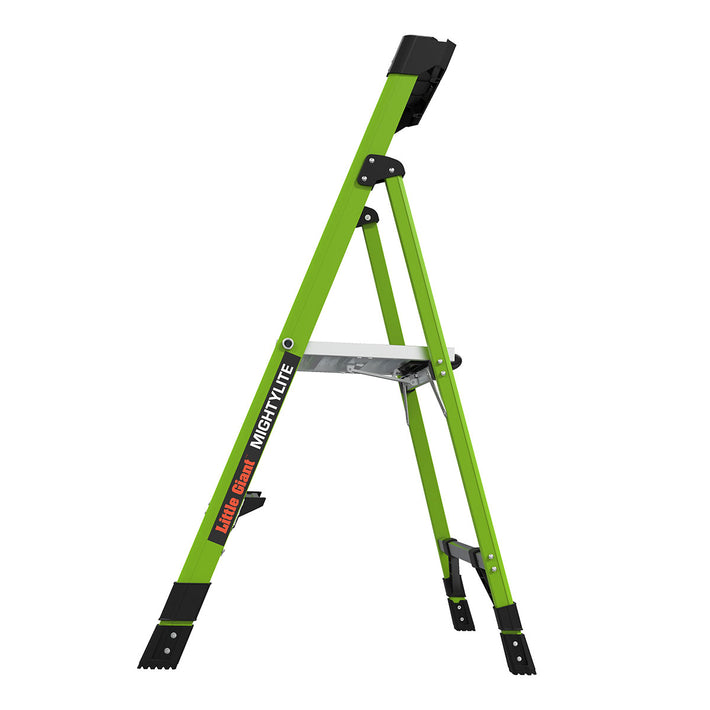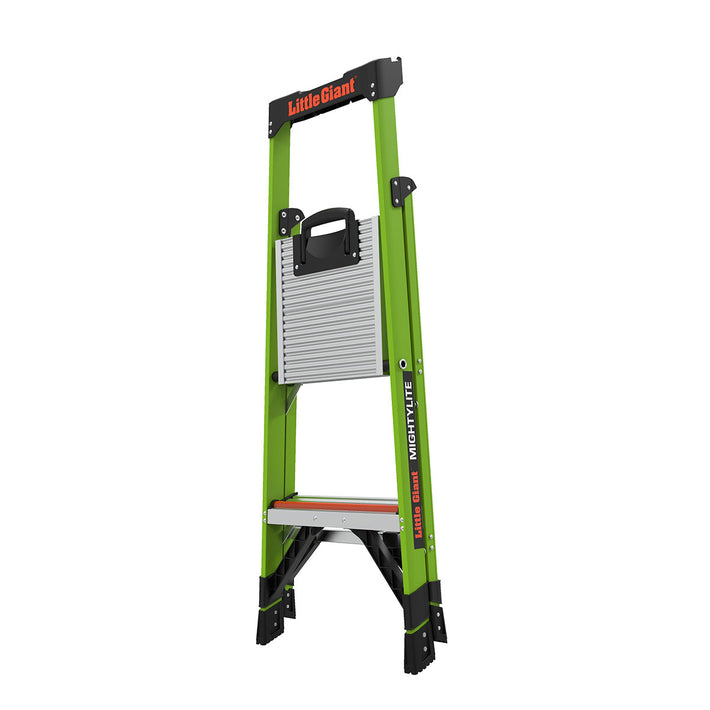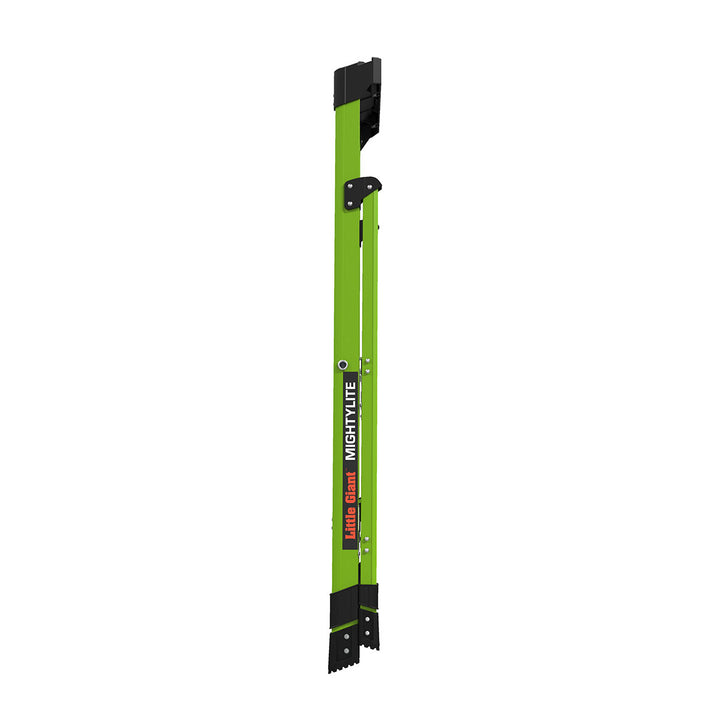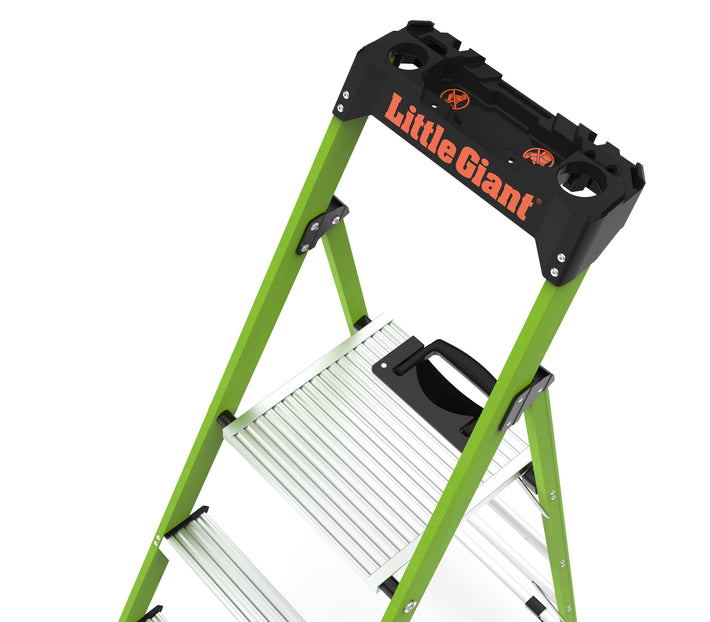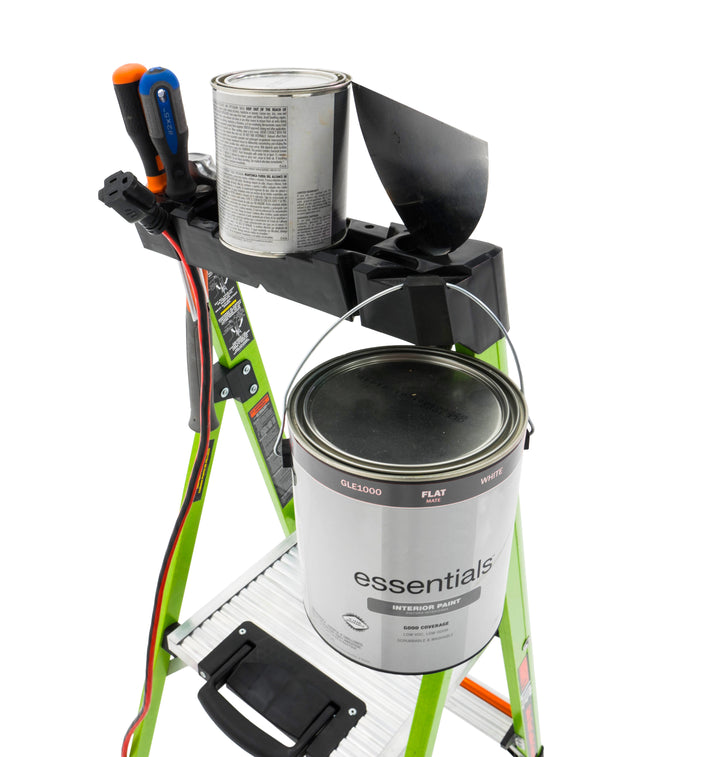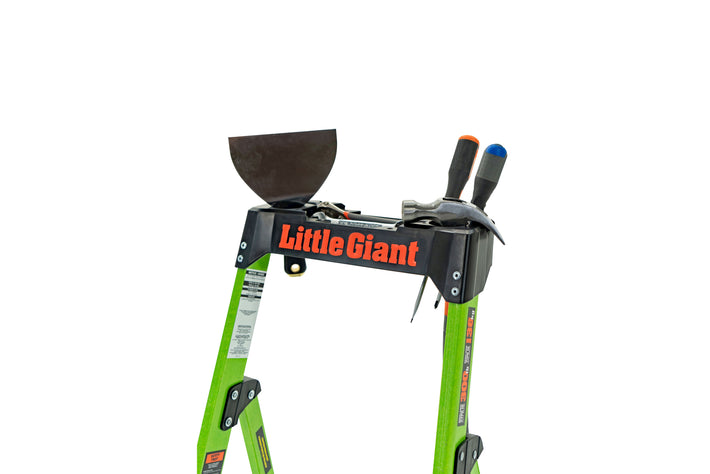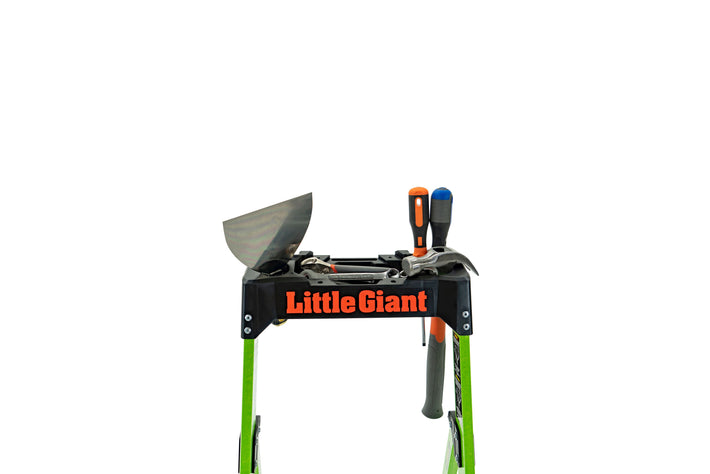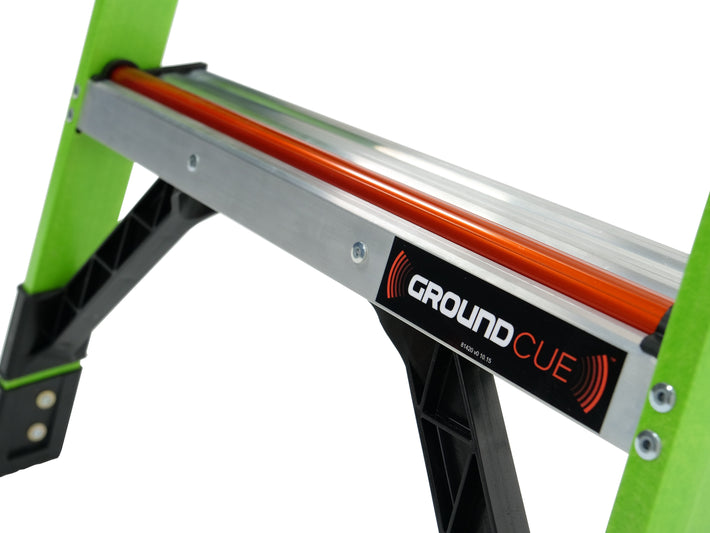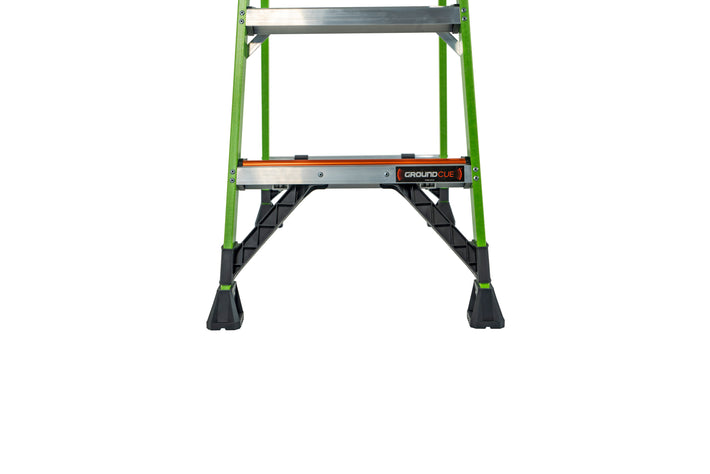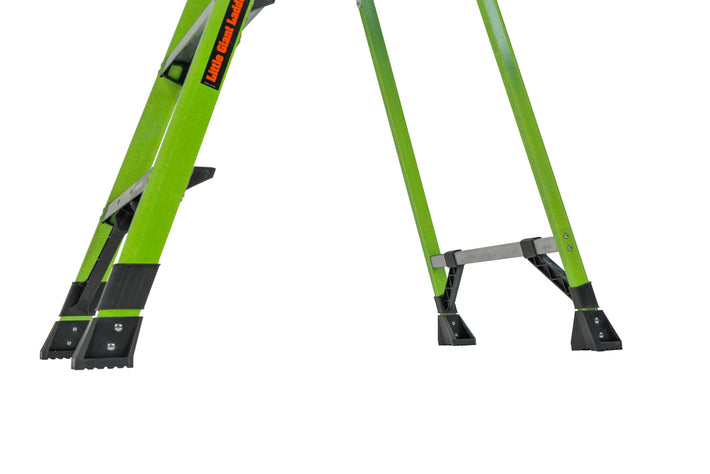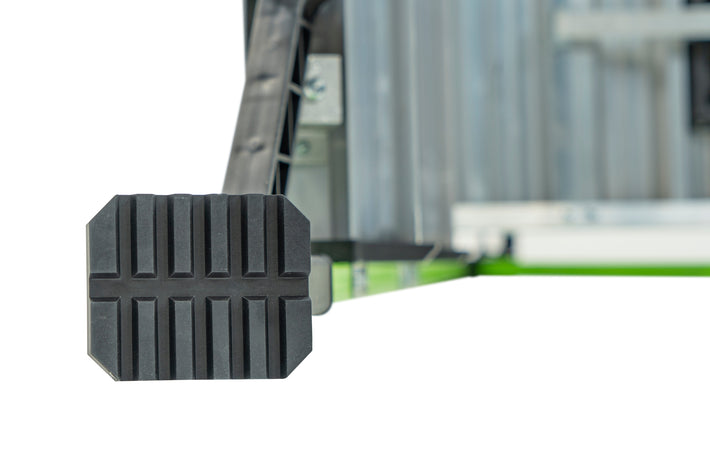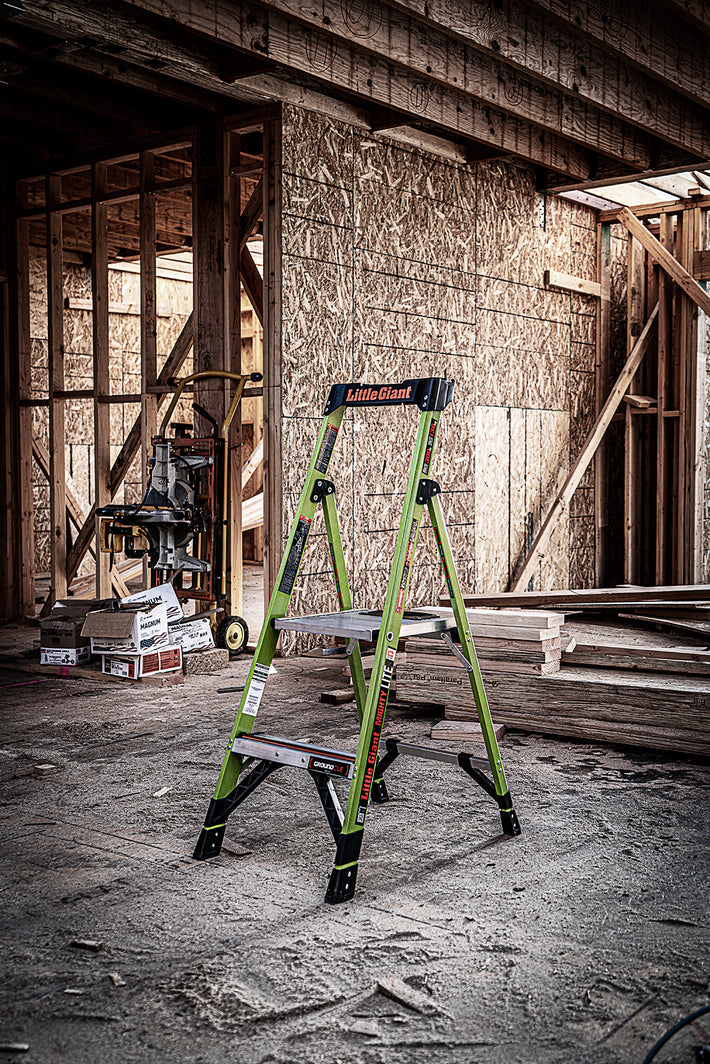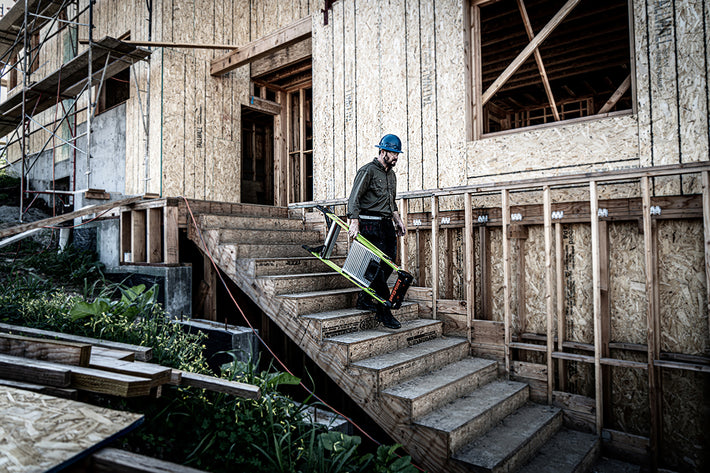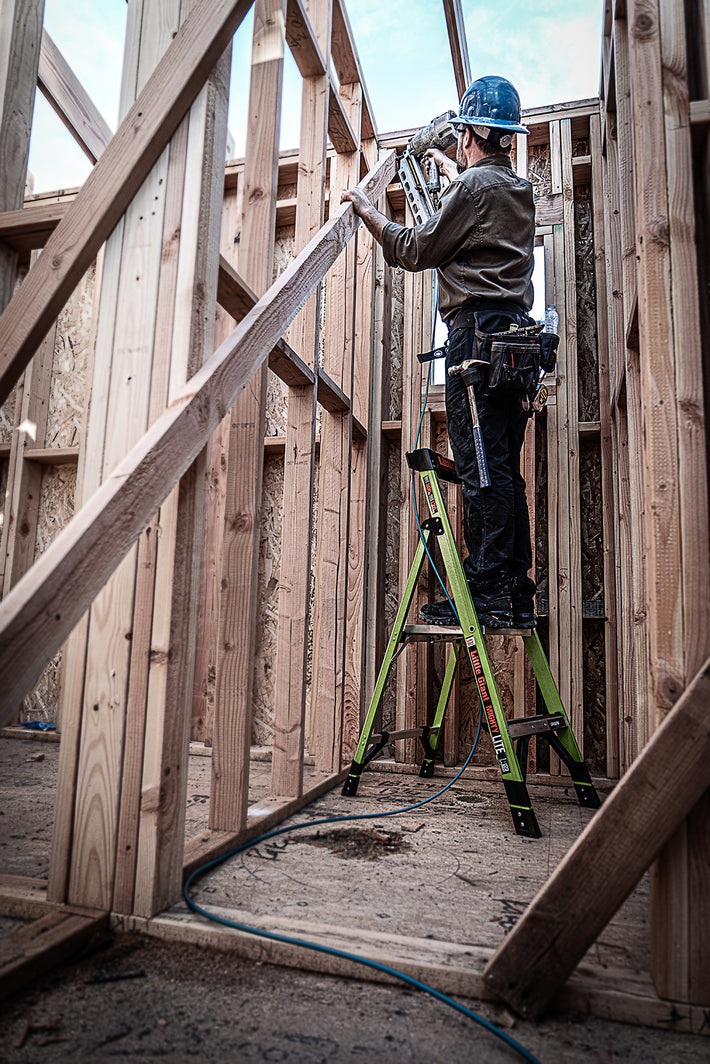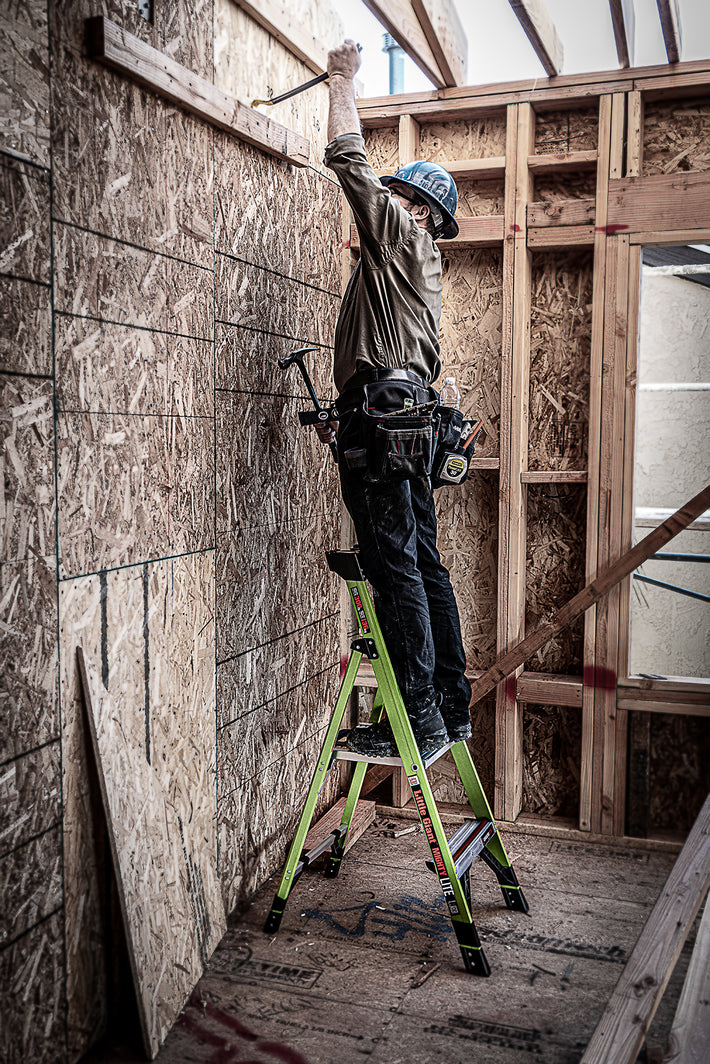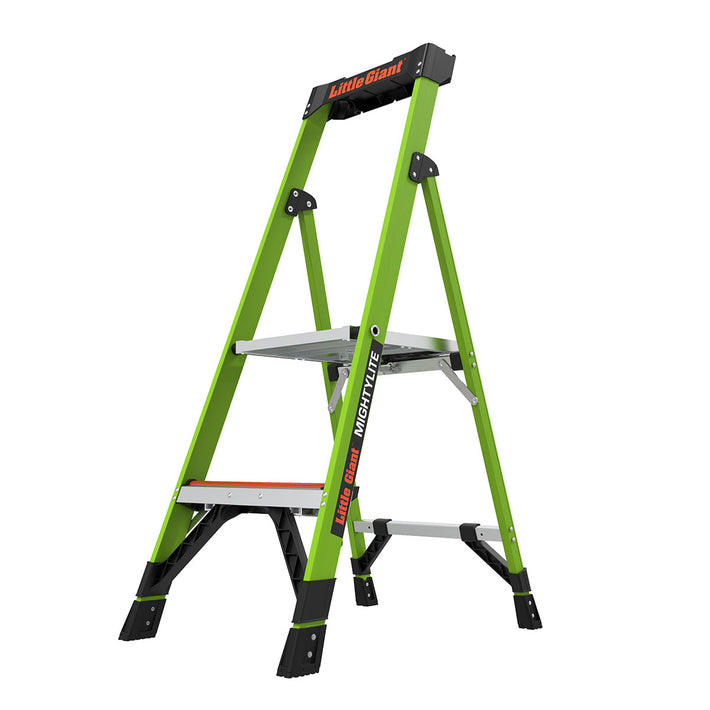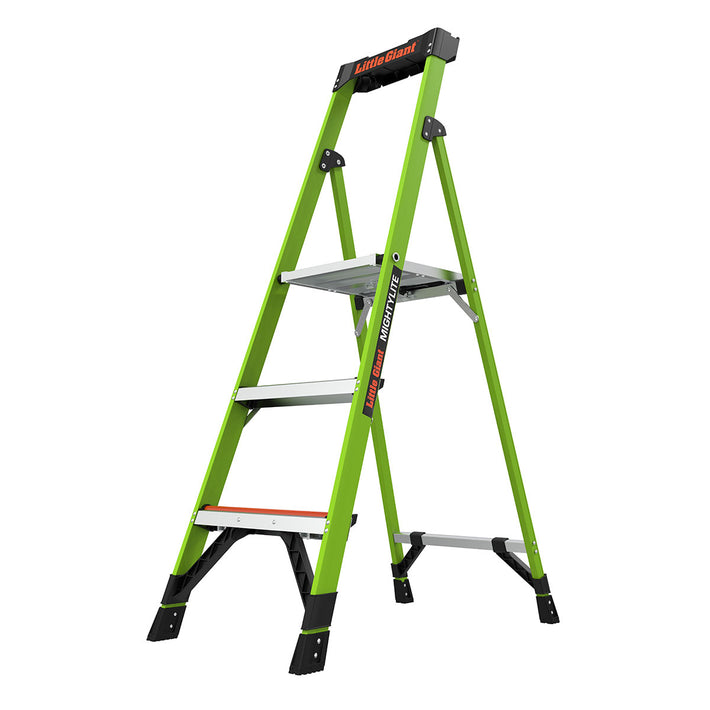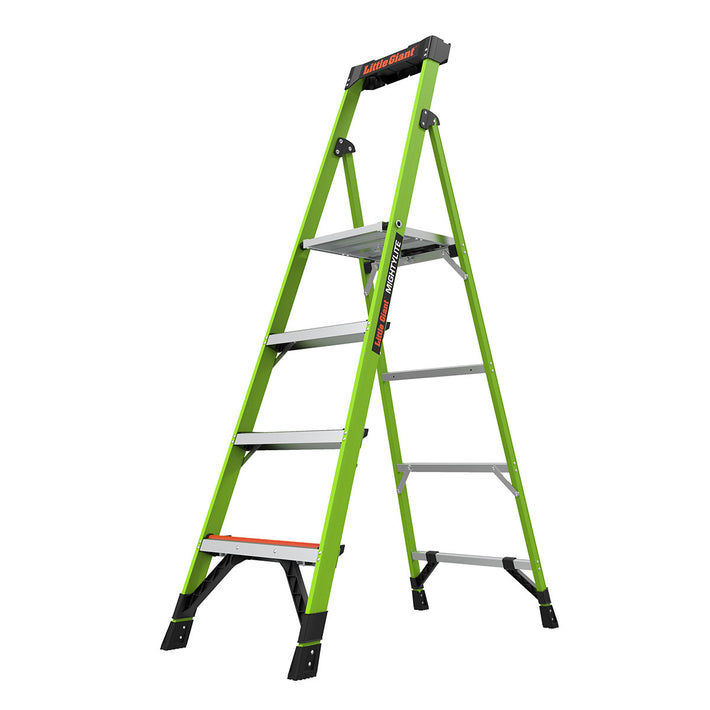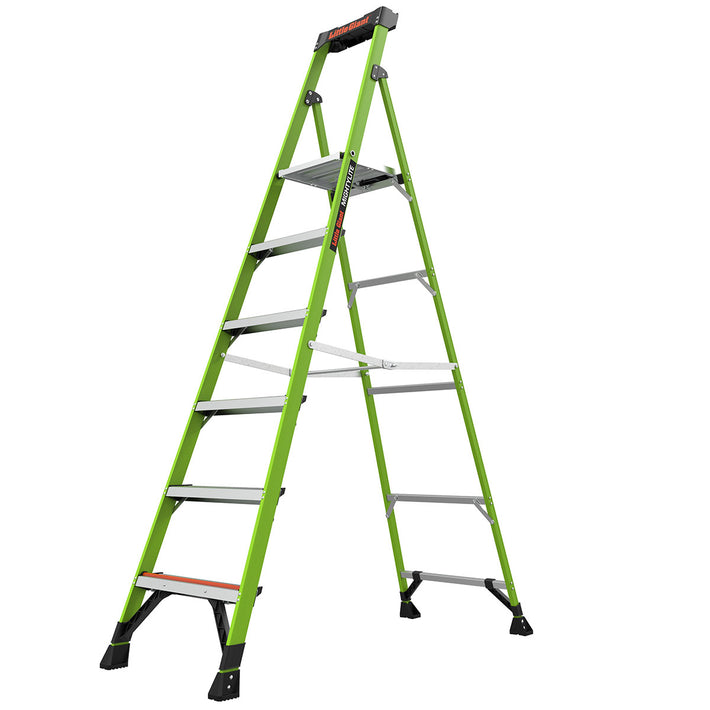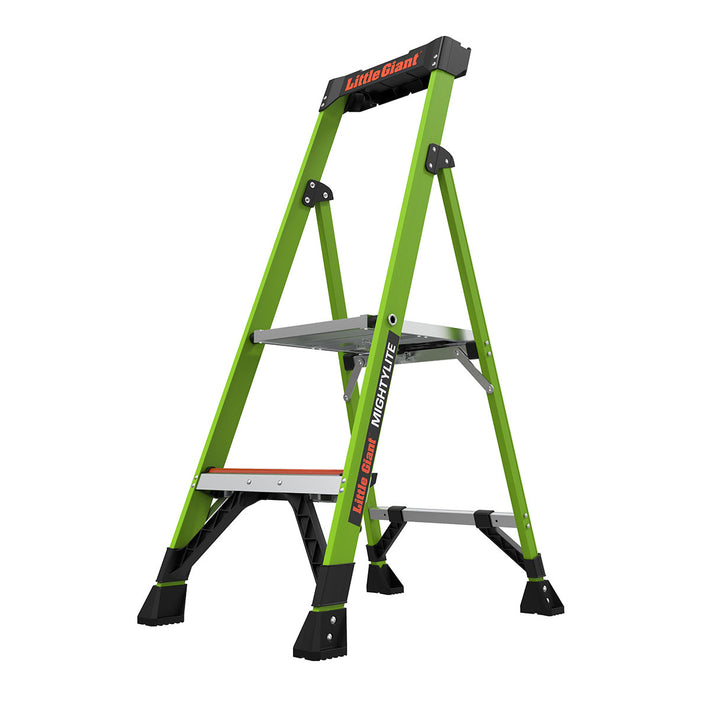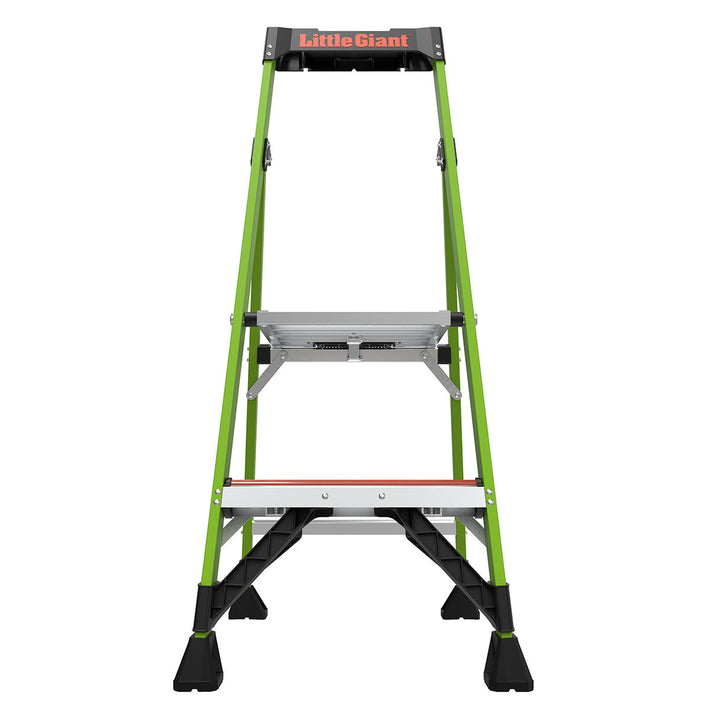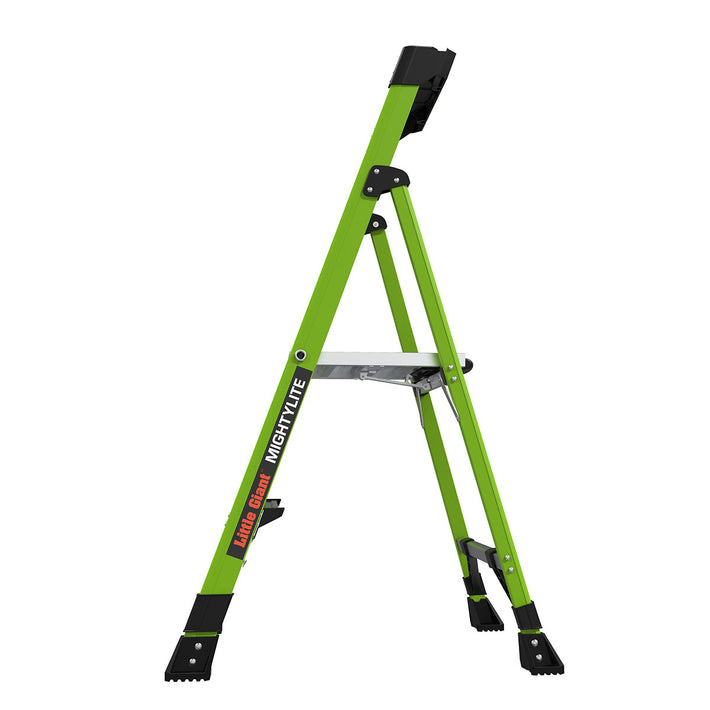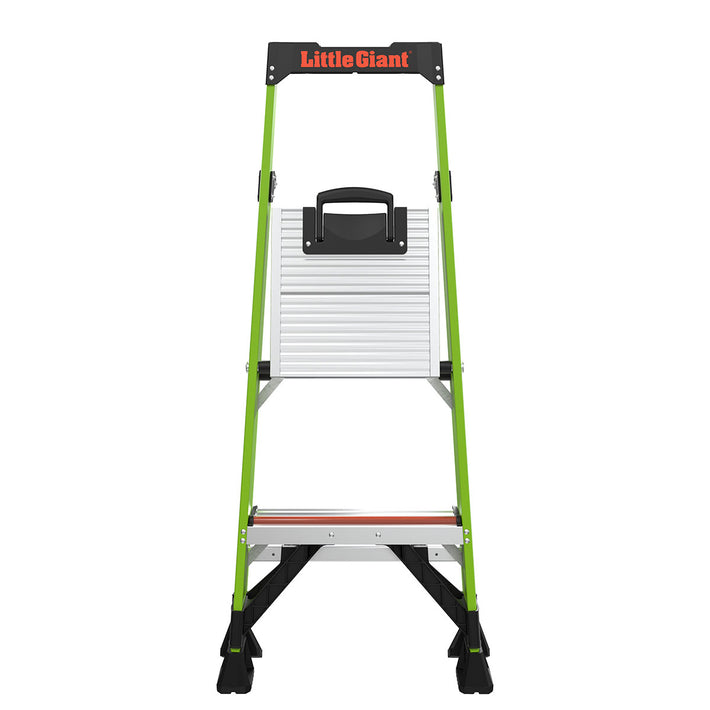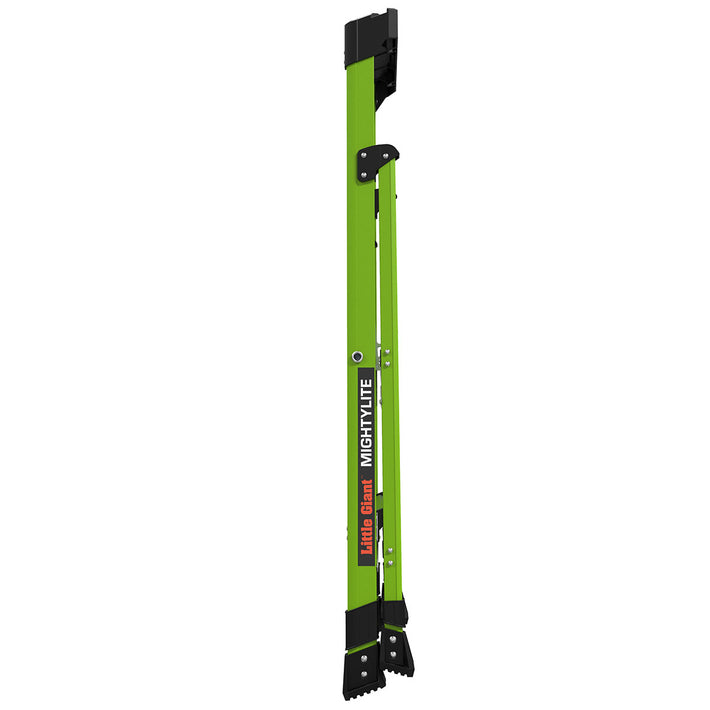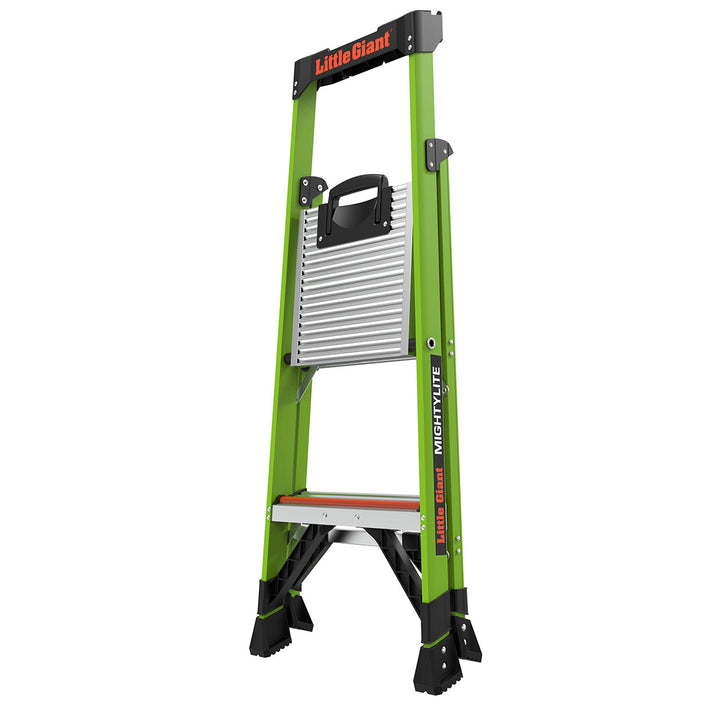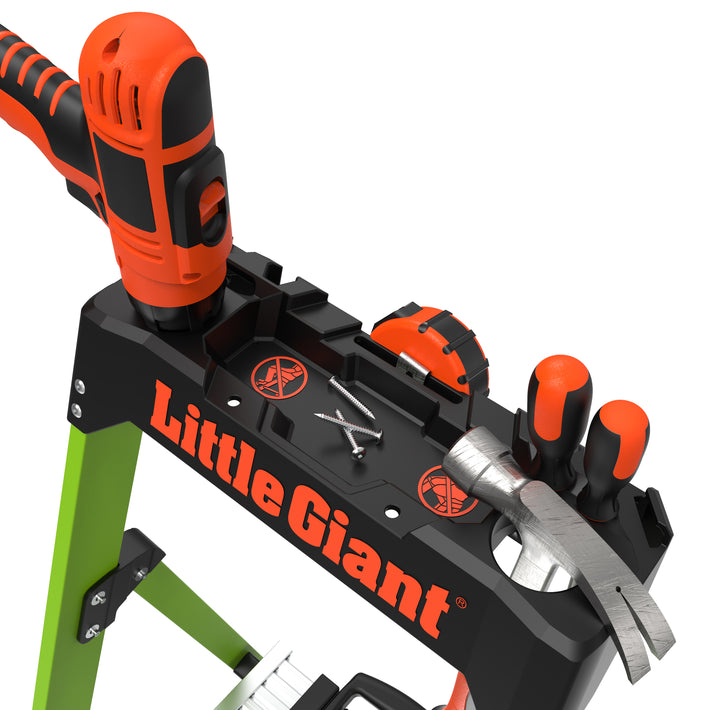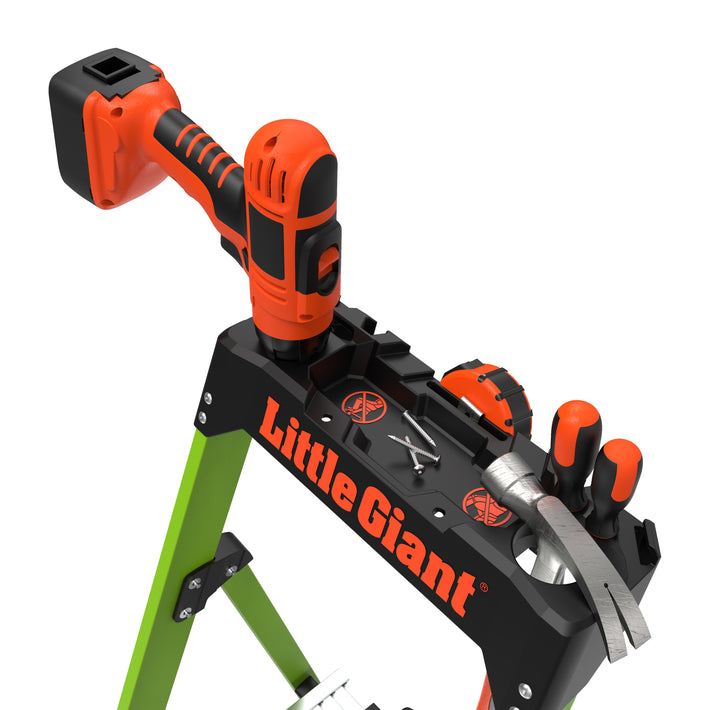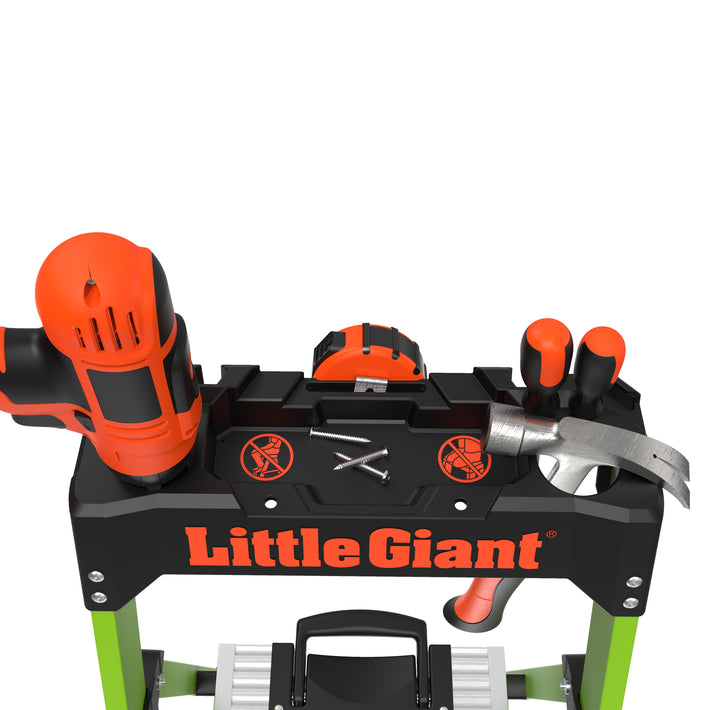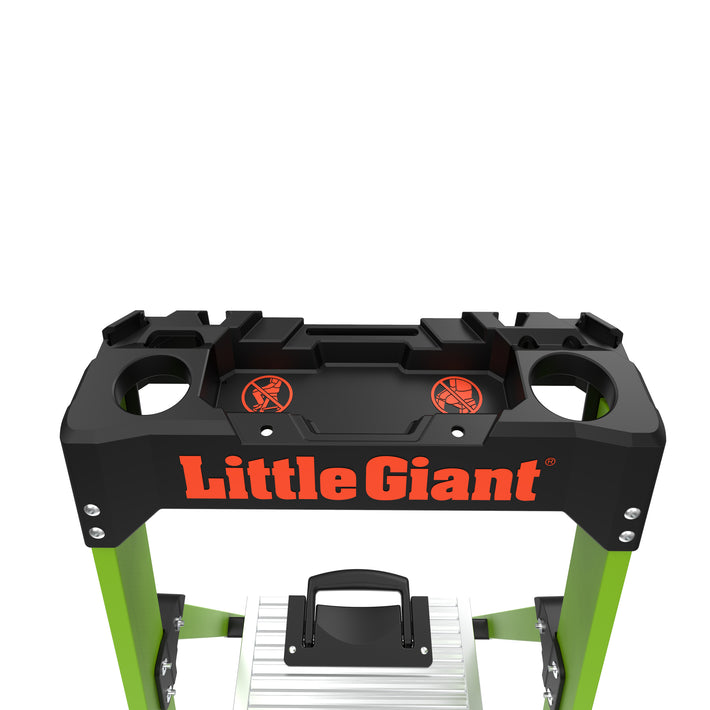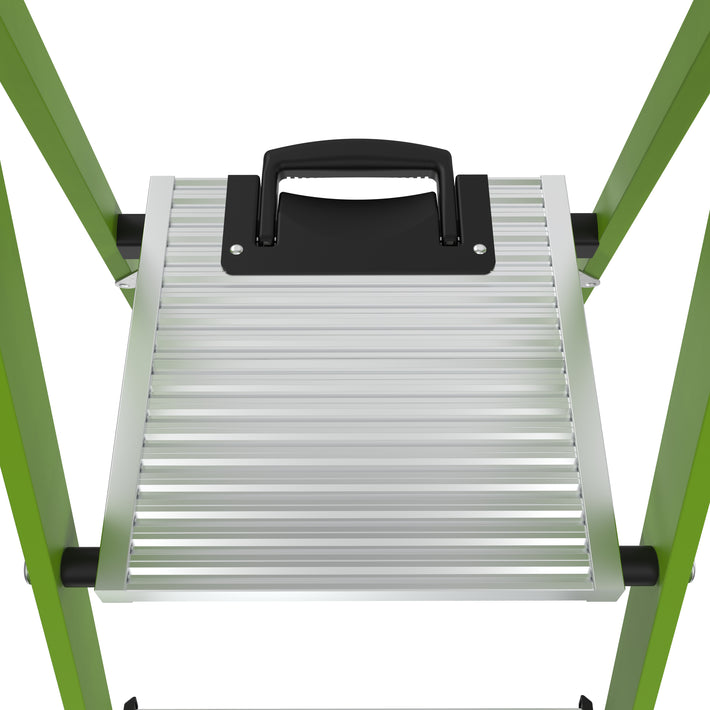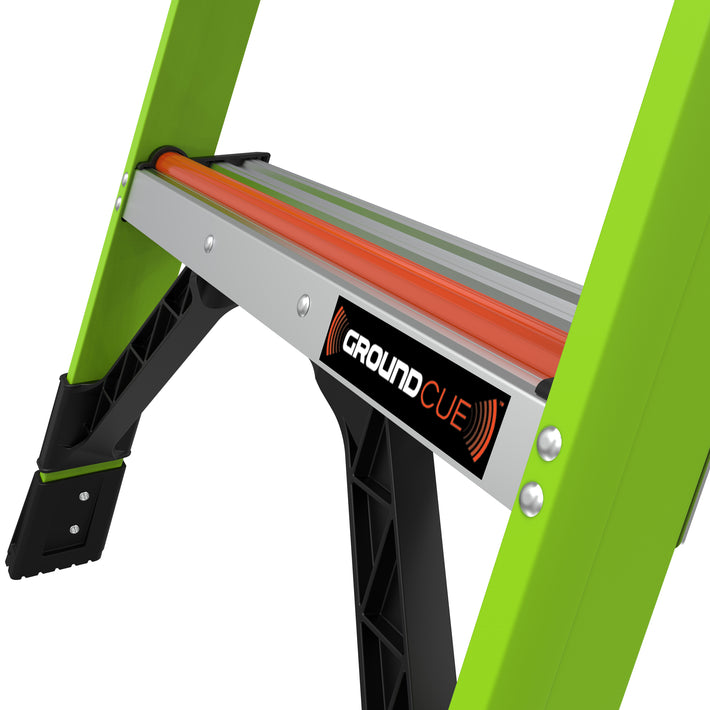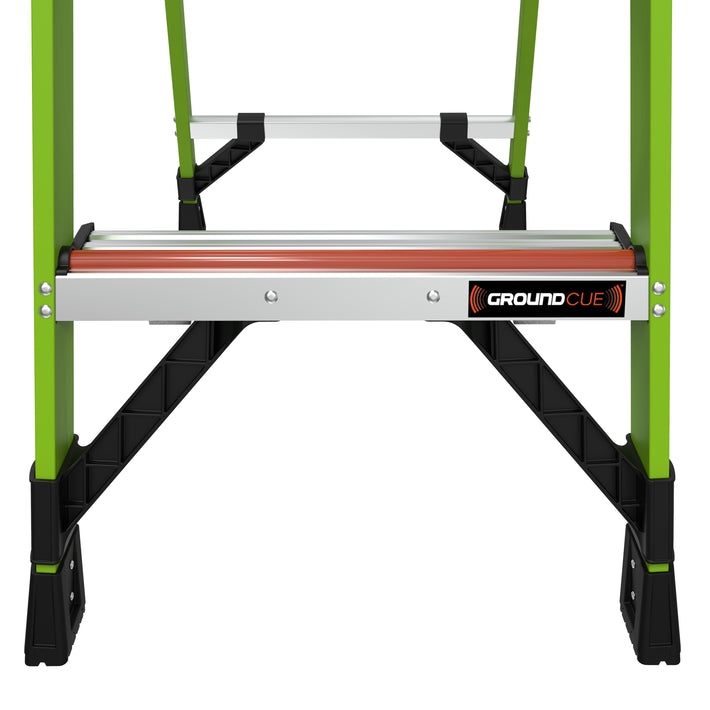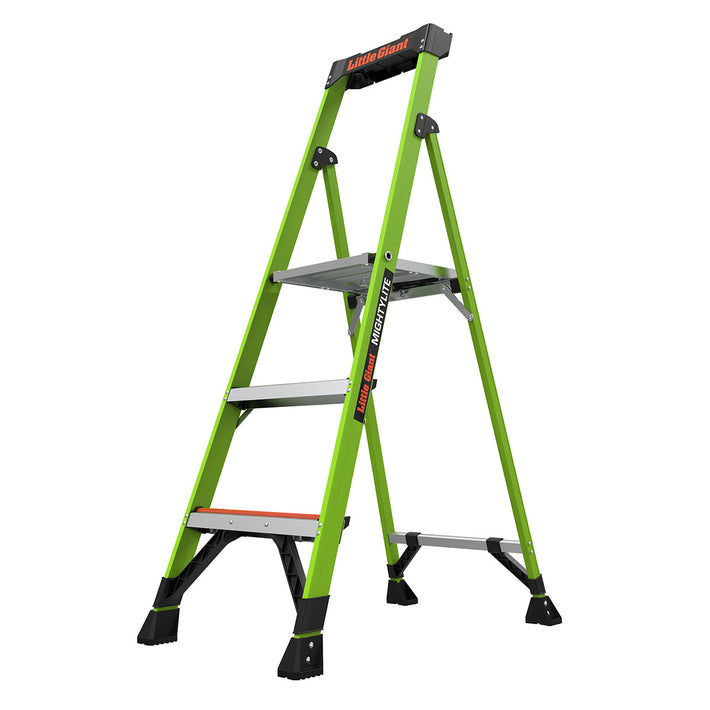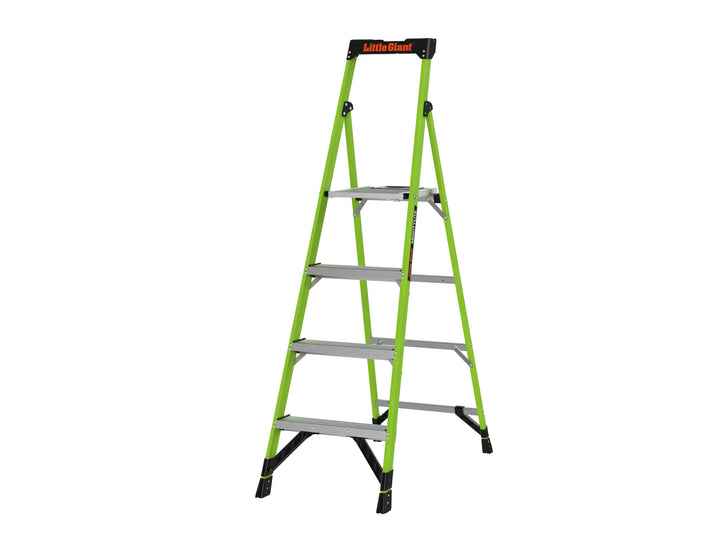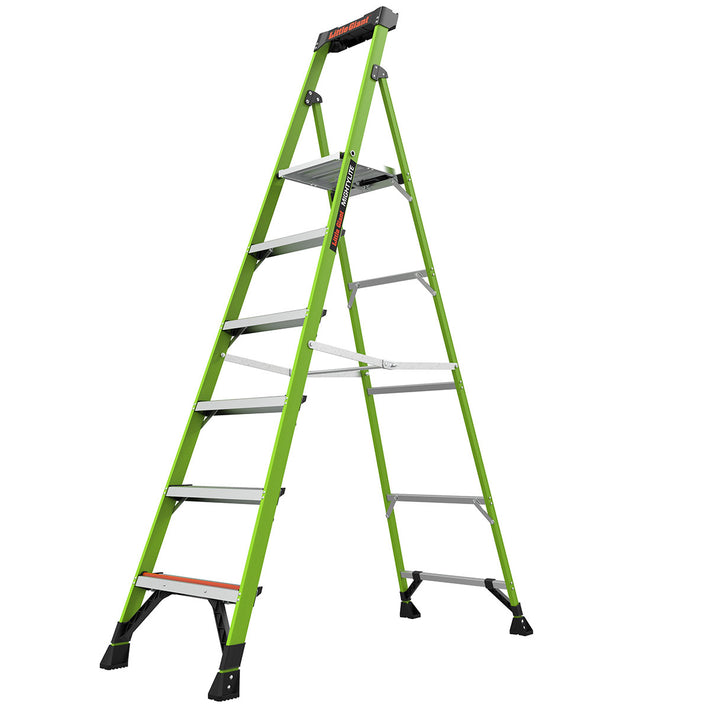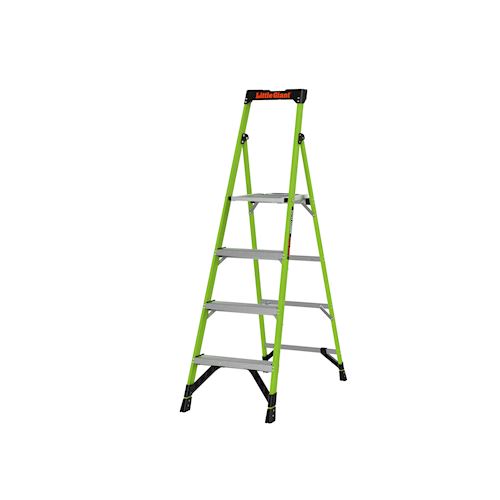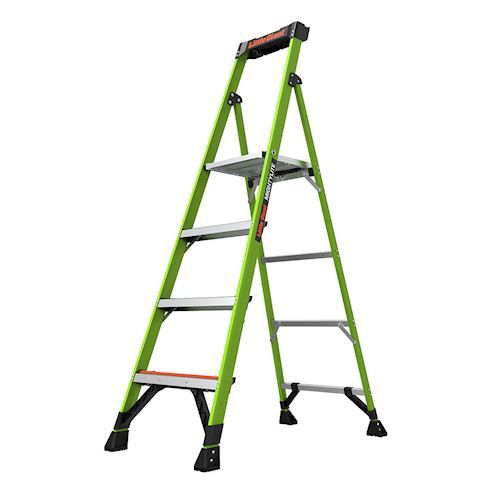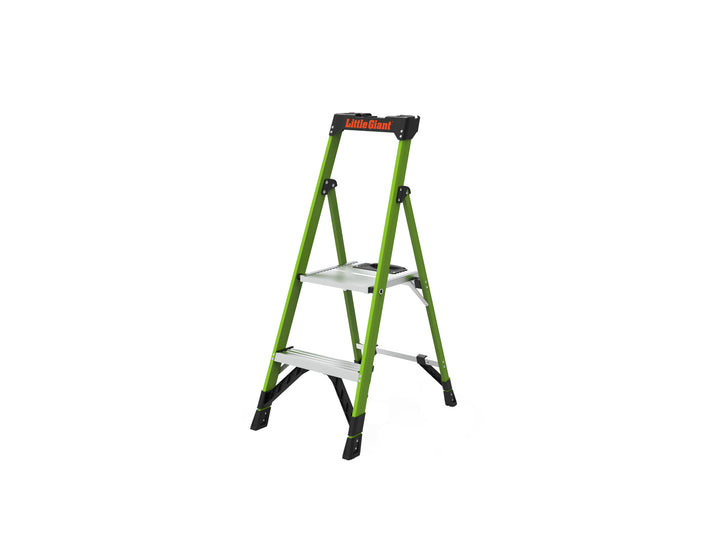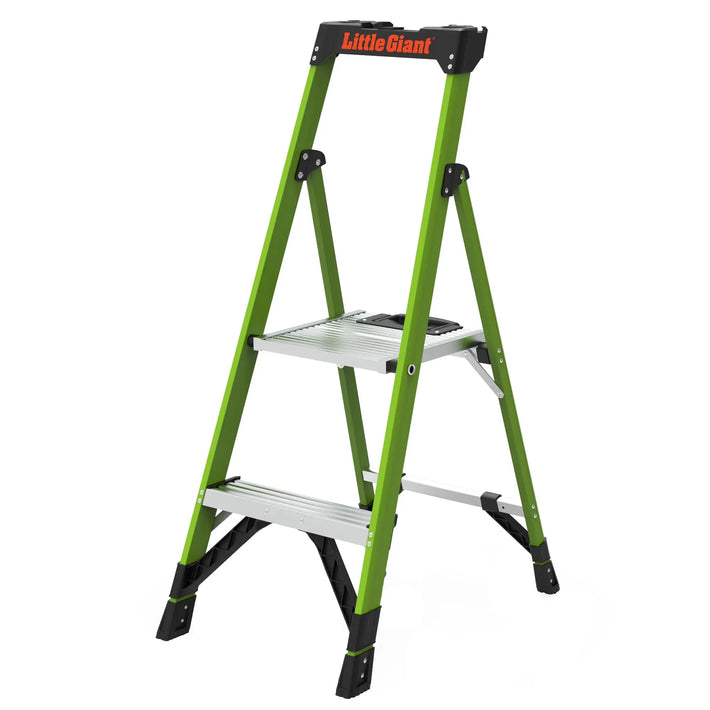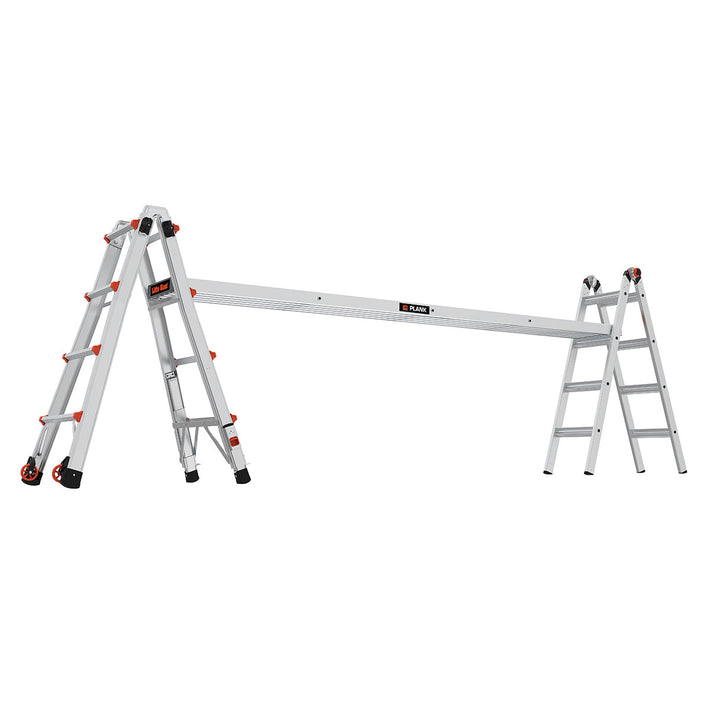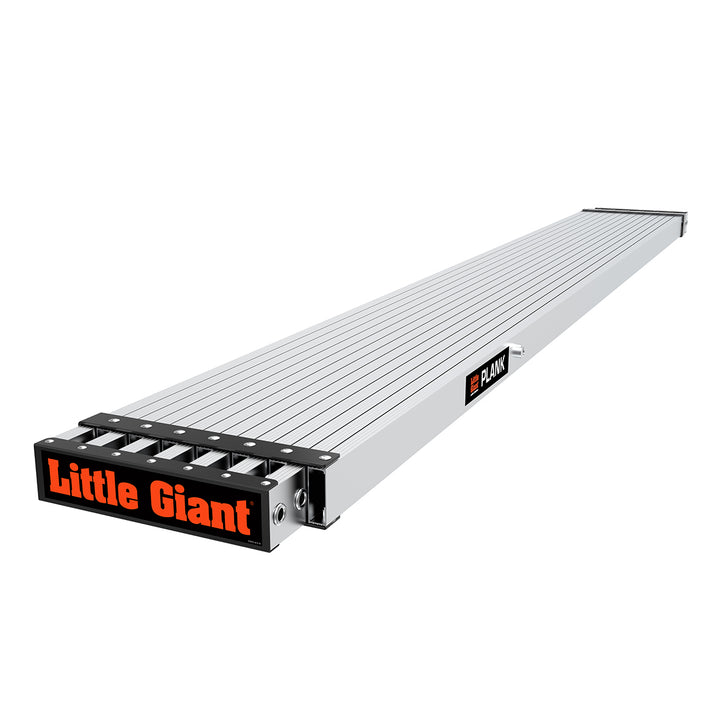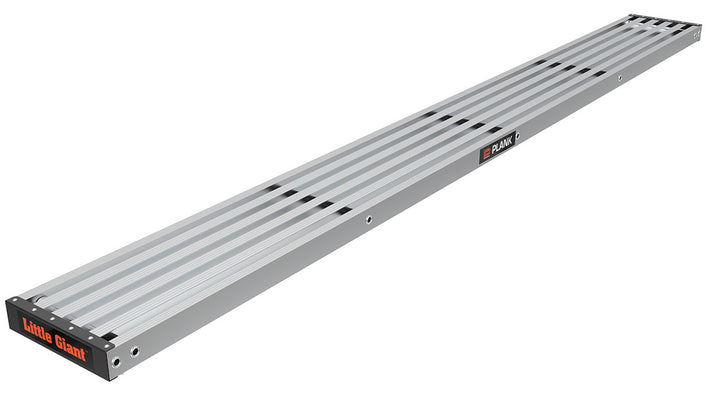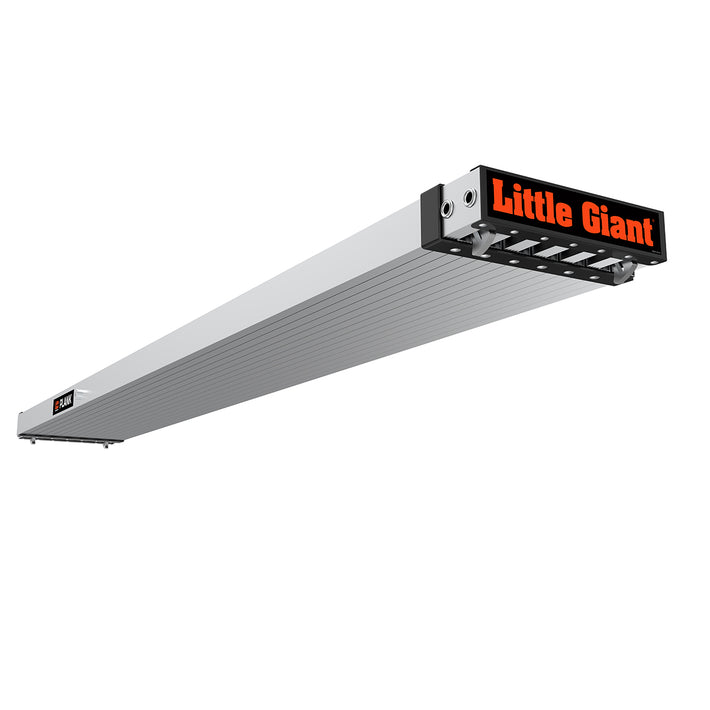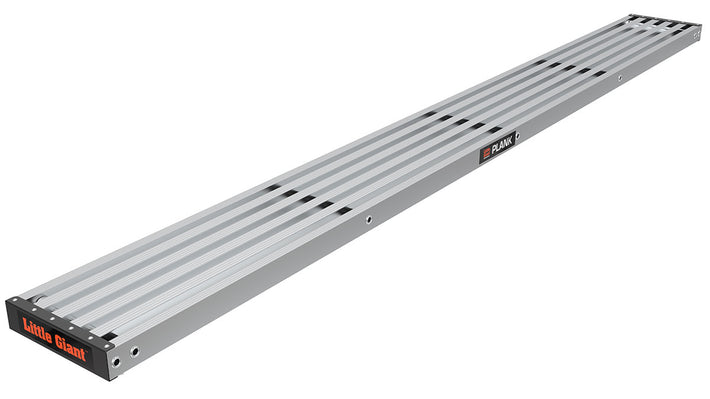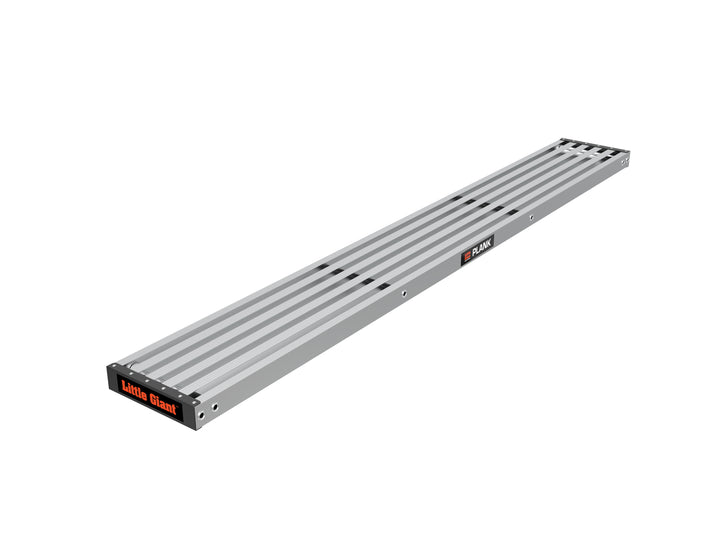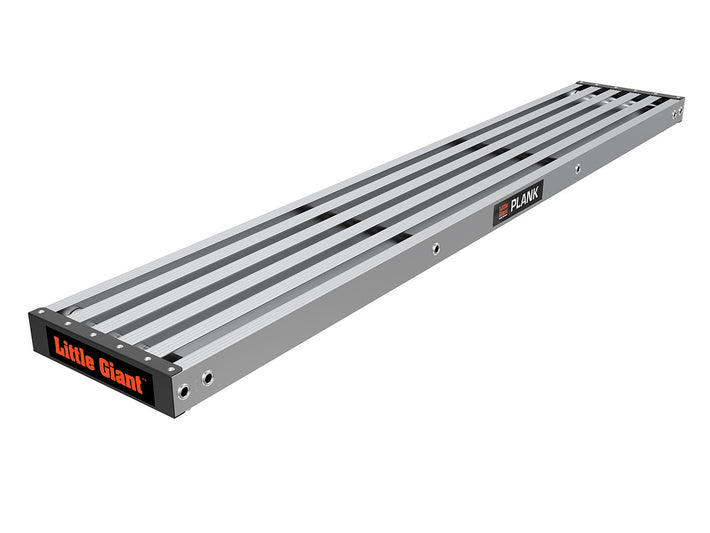Safe Ladder Climbing and Positioning
Choosing the Right Ladder
Selecting the right ladder for your specific task is a foundational element of ladder safety. It's essential to evaluate the height you need to access, the combined weight of the user, tools, and any materials the ladder will support. The nature of your work also plays a significant role in determining the most appropriate ladder type. Factors such as the environment you'll be working in, the duration of use, and the required mobility level should guide your selection process.
To ensure the highest safety standards, following the guidelines established by ANSI and OSHA when choosing a ladder is crucial. These regulations have been implemented to help users make informed decisions that prioritize safety and minimize the risk of accidents. By adhering to these standards, you can select a ladder that meets your operational needs and supports a safe working environment.
Proper Ladder Positioning
After choosing the appropriate ladder for your task, the next critical step is correctly positioning it to ensure maximum safety and stability. A fundamental rule of thumb for extension ladders is to place the base one foot away from the wall for every four feet of ladder height that extends to the point of support. This angle ensures the ladder is positioned safely and reduces the risk of tipping backward or sideways.
Ensuring the ladder is set on stable and level ground is vital to prevent any movement that could lead to slips or falls. Use ladder levelers or stabilizers to achieve a secure foundation if the ground is uneven. Additionally, whenever possible, secure both the top and bottom of the ladder to a solid support to further prevent the ladder from slipping or shifting while in use. This attention to detail in ladder positioning can significantly enhance safety for users.
Safe Climbing Practices & Safely Climbing a Ladder
When climbing a ladder, maintain three points of contact at all times—two hands and one foot or two feet and one hand. This practice helps maintain balance and stability. Avoid carrying tools or materials in your hands while climbing; use a tool belt or have materials hoisted once you're in position.
Regular Inspection and Maintenance
Before climbing and after completing your tasks, it's crucial to conduct a thorough inspection of your ladder for any potential issues that could compromise its safety. Look for any visible signs of damage, such as loose or missing rungs, steps, or parts, as well as any cracks in the material, whether it's an aluminum or fiberglass ladder. Additionally, verify that all moving parts, including hinges, locks, and extensions, operate smoothly without resistance or malfunction. This step is fundamental in identifying any problems that pose risks during use.
Regular maintenance plays a crucial role in extending the lifespan of your ladder and ensuring it remains safe for every climb. This involves cleaning off any debris or materials that could affect its functionality, checking for and immediately addressing any signs of wear or defects, and following the manufacturer's guidelines for care and storage. By dedicating time to inspecting and maintaining your ladder, you contribute to a safer working environment and prevent accidents caused by equipment failure.
Conclusion
Following these guidelines for safe ladder climbing and positioning can significantly reduce the risk of falls and injuries. Remember, safety starts with you! Always take the time to choose the right ladder, position it correctly, climb safely, and perform regular inspections and maintenance. For more safety tips and information on our range of products, visit Little Giant Ladder Systems.

